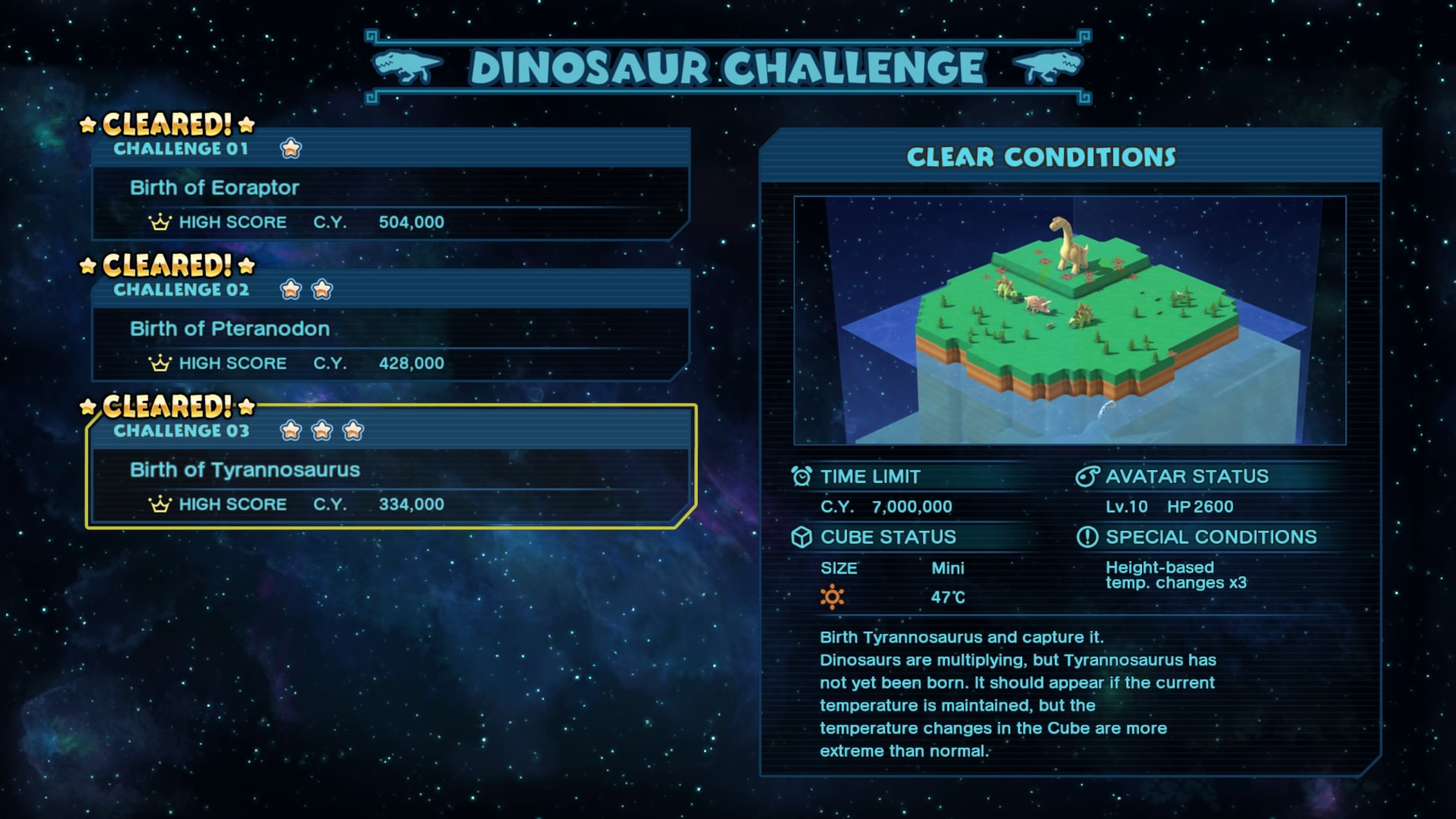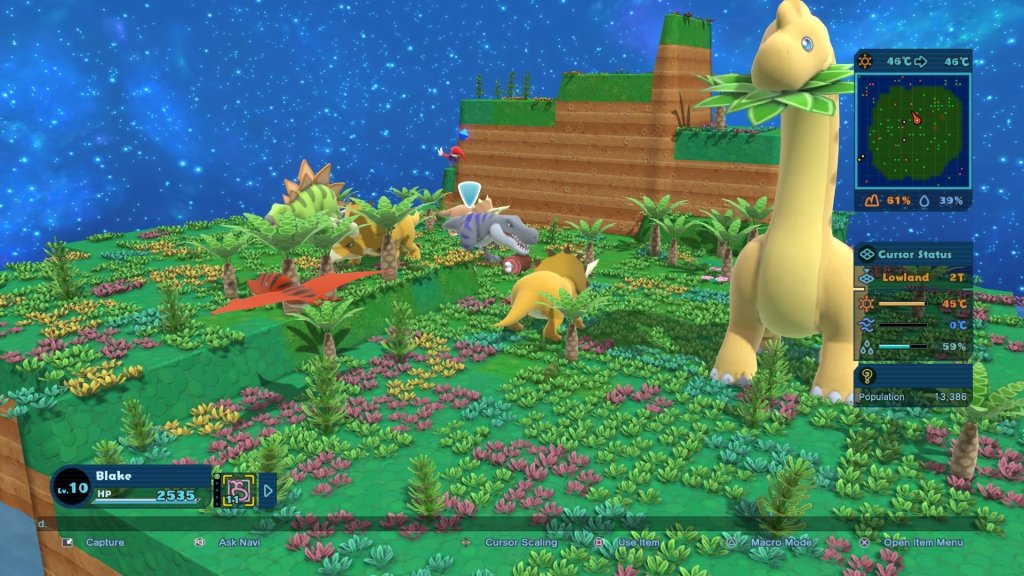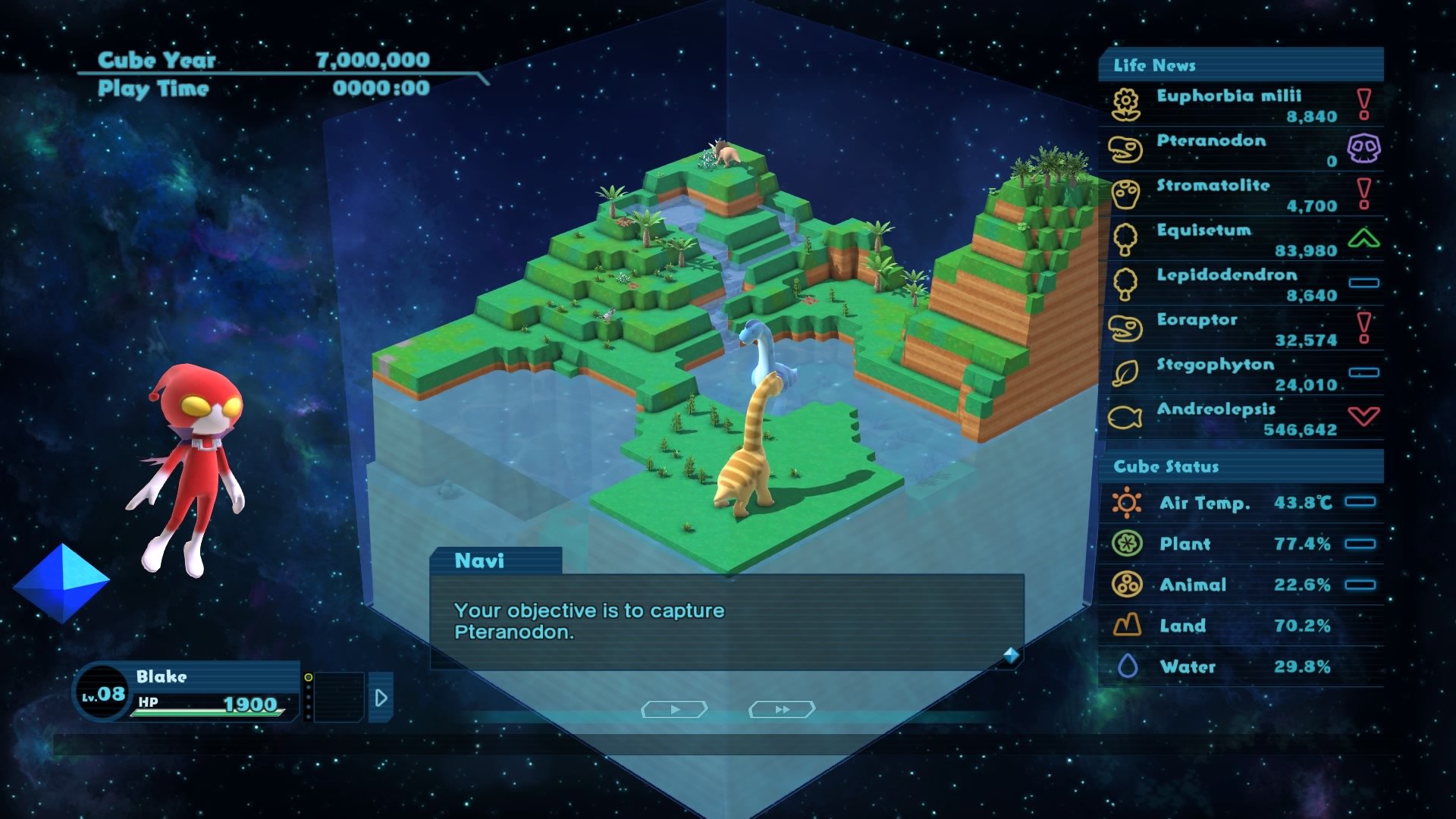
The topic of evolution is a sticky point of contention nowadays. In 1858 some troublemaker by the name of Darwin, dared to apply scientific knowledge and common sense to the complex concept of a species’ point of origin. This crazy rogue ruffled more than a few feathers in the theological community, ultimately resulting in a philosophical debate that rages on to this day. But what does this have to do with games, you ask? Let’s just say that Harvest Moon creator Yasuhiro Wada most likely comes down on the scientific side of the fence. In his newest release, Birthdays the Beginning, the crux of the game is tending to an ecosystem, with the primary goal of growing life from literal spores, until you eventually reach the birth of humanity.
Opposing Mechanics
In order to fully appreciate world of Birthdays the Beginning, you have to strike an odd balance of disposition. For one, in order to fully appreciate and comprehend the moment-to-moment gameplay, it helps to have a solid base of scientific knowledge. However, on the opposite end of the spectrum, players have to be capable of suspending disbelief and blindly accepting the fact that they are some weird interstellar avatar that can create entire landscapes and lifeforms from thin air. Wait a minute! I thought this was supposed to be about evolution? Let’s just say that the gameplay is an interesting paradox.
Before you start to fret about all of the science classes you cheated your way through in High School, don’t worry, Book smarts aren’t a required prerequisite, per se, but they can be valuable when trying to figure out the evolution order of certain species. That said, I’m not convinced that all of the creatures in the game itself were actually real to begin with, so a fair amount of common sense can also go a long way. Plus, there’s plenty of progression within the campaign to help newcomers connect the evolutionary dots.
The core mechanics remain essentially the same, regardless whether playing through the campaign or mission modes. Using the tools that are at the avatar’s disposal, the goal is to accomplish a certain set of predefined objectives that usually involve “birthing” a certain species of creature. In order to induce something to spring to life, there are a series of environmental qualifiers that need to be met. Some of the key factors to consider when coaxing the evolution of a creature are temperature, moisture level, elevation, and even the presence of food sources that can take either plant or animal form.
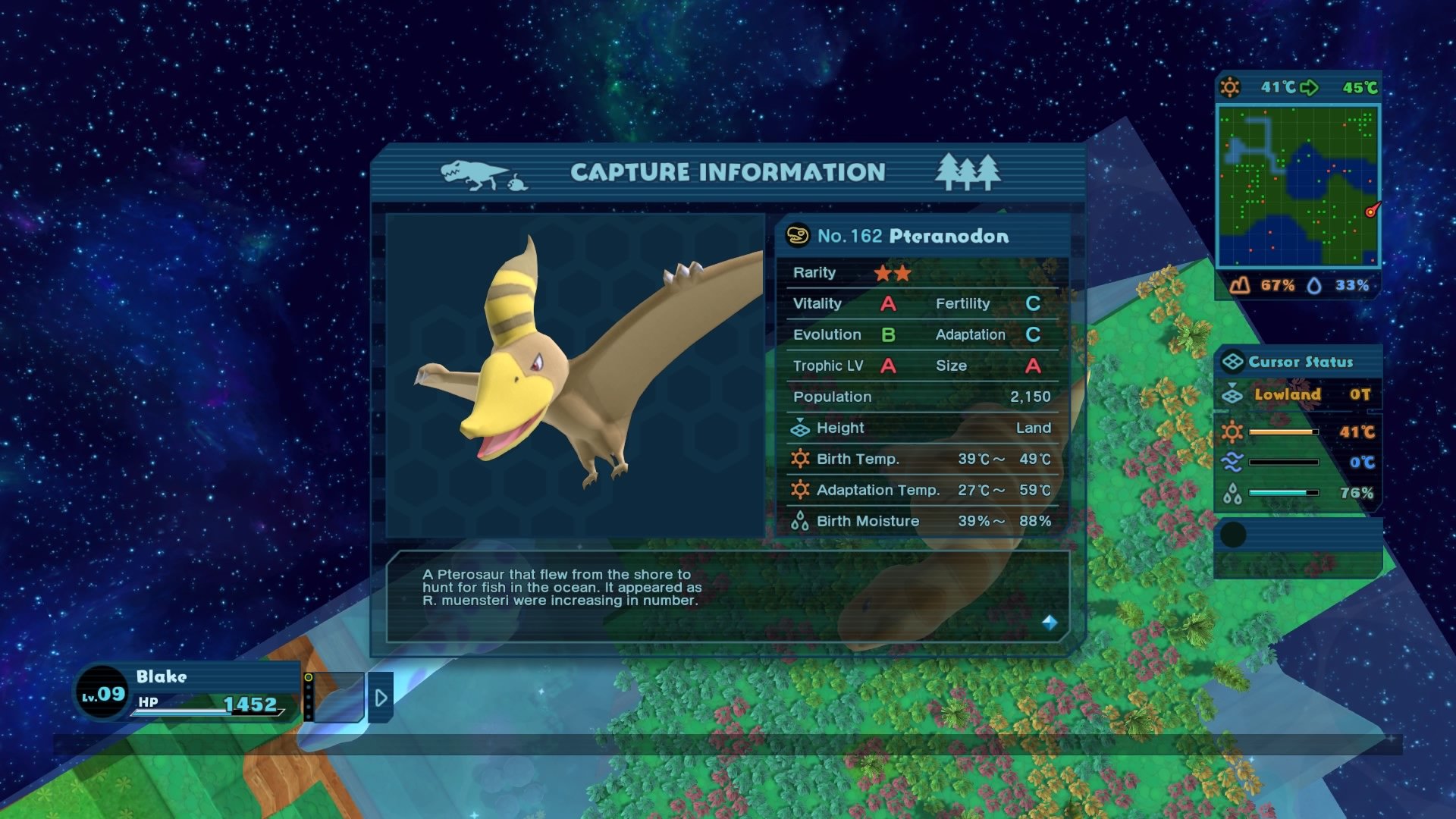
Moving Heaven and Earth
One of the most vital concepts to grasp is the overall effect that landforms can have on the cube, as it develops. For example, the higher the elevation is, the lower that the core temperature of the cube will be. On the opposite end of the spectrum, for every step taken below sea level, the higher that the cube’s core temperature will rise. Does your goal require an average temperate that is well above its current level? It sounds like it’s time to either dig deeper lakes or lower the height of mountains on the map. This give and take can be tricky to comprehend at first, but eventually it becomes second nature.
Other key elements such as the ability to dig a well, which can be used to start a stream at any elevation, can also prove to be a valuable resource. Most plants, regardless of their required elevation, still require water in order to survive. Right? There are even items that can be used to plant the proverbial seed of life, which will manually force the creation of sea based micro-organisms. Plus, for those without any patience, there are even power-ups that can be used to induce immediate evolution. And this is just the tip of the iceberg when it comes to the avatar’s tool belt.
Macro vs. Micro
Though life on the cube is constantly in motion, the actual passage of time can be experienced in two ways. In order to directly interface with the inhabitants and make changes to the terrain, the micro view must be employed. As the name rather obviously implies, this perspective is zoomed in on the cube, which is held in a semi-frozen state. Once entered, the player has full range of motion to move throughout the cube as they please, while also having full camera control. This is especially important when trying to track down and capture specific critters. It’s also fairly important to note that this perspective has to be employed in order to see what is really going on with the inhabitants. When zoomed out, only the largest creatures will be visible. A vast majority of play time will spent in this mode.
As you might imagine, the other perspective is the polar opposite, instead opting for a macro view. When utilizing this viewpoint, all camera controls are surrendered. The entirety of the cube is visible, albeit in a far less detailed and zoomed-out form. The main key to this mode is controlling how time progresses. The player has the ability to either move time forward at the standard pace, or sacrifice energy (the same energy used when terraforming land) in order to fast-forward the passage of time. Both speeds have their merits, but I spent most of my time putting the pedal to the metal.
While playing through the campaign, the main measure of success is accomplishing iterative milestones. Objectives dynamically adjust, depending upon the population of your cube. Each chapter of the story (if you could really call it a story) is made up of a collection of these missions, which steadily increase in difficulty over time. Riding the coat tails of the main game, the mission mode opts to give a slightly more book-ended version of the campaign, which can be played in much quicker iterations. It unfortunately lacks the introduction of any game-altering mechanics, aside from brevity.
Another interesting, though confusing note about the game is its art style. Overall, it feels like a more grown up version of the Harvest Moon aesthetic, only with a more high definition sensibility. I might even go as far as to say that the presentation definitely put offs a family-friendly, lower barrier to entry vibe. However, in direct opposition to that, the actual moment-to-moment gameplay would most likely be impenetrable to younger audiences. Success hinges upon being able to keep key species alive, but the only way to figure out how to do so is to hunt down and research codex entries.

Read to Succeed
Adding a bit of insult to injury, the codex, which becomes far more critical the deeper you go within the campaign, is a chore to try and navigate. Trying to hunt down one specific creature in the codex, in order simply find out its necessary environmental needs, ends up devolving into a frustrating guessing game. Be ready to spend a significant chunk of time scrolling through numerically listed entries, in hopes of actually finding the desired organism. And if you are trying to find out information about something that hasn’t been captured yet, good luck. These beasts are signified in the codex with a gigantic question mark, which makes searching for their entries even more difficult.
Ultimately, my biggest disappointment was that it did very little to emphasize how existing creatures in the ecosystem interact with and depend upon each other. It’s very easy to miss a key piece of the equation and let a single critical species die. Though seemingly insignificant at the time, this can kick off a mass exodus of epic proportions. I just wish that there were more visible in-game prompts to call out these key bits of information on the fly. Instead, this critical data is buried behind a series of menus, nestled into the pause screen. Hell, even the ability to do a name search of the codex would have been a gigantic improvement.
As a simulation, Birthdays the Beginning is a fairly unique approach to the open-world sandbox simulator. It does a fantastic job of demonstrating how important it’s to maintain balance within an ecosystem, in order for life to thrive. It also helps to drive home how even the smallest of organisms can make a gigantic impact on the world around them. The main issue is that the campaign is so focused on introducing new mechanics that it seems to lose sight of this unspoken thesis. In turn, this leads the player on a mission to track down answers that should instead be provided to them at a glance. Due to this, it’s hard to shake the feeling of being thrown into the deep end of an algae coated swamp, without a life raft.
Review code for Birthdays the Beginning provided by publisher. Reviewed on PS4. For more information on scoring, please read our Review Policy here.
-
Birthing life from nothing is genuinely gratifying
-
The art style feels like Harvest Moon, all grown up
-
Makes you think about things outside of the world of gaming
-
Each missions objectives are clearly spelled out, but the process to get there isn't
-
Navigating the codex is a gigantic pain
-
The moment-to-moment gameplay could have used a bit more direction
Birthdays the Beginning Review
-
Birthdays the Beginning_20170424205839

-
Birthdays the Beginning_20170424205921
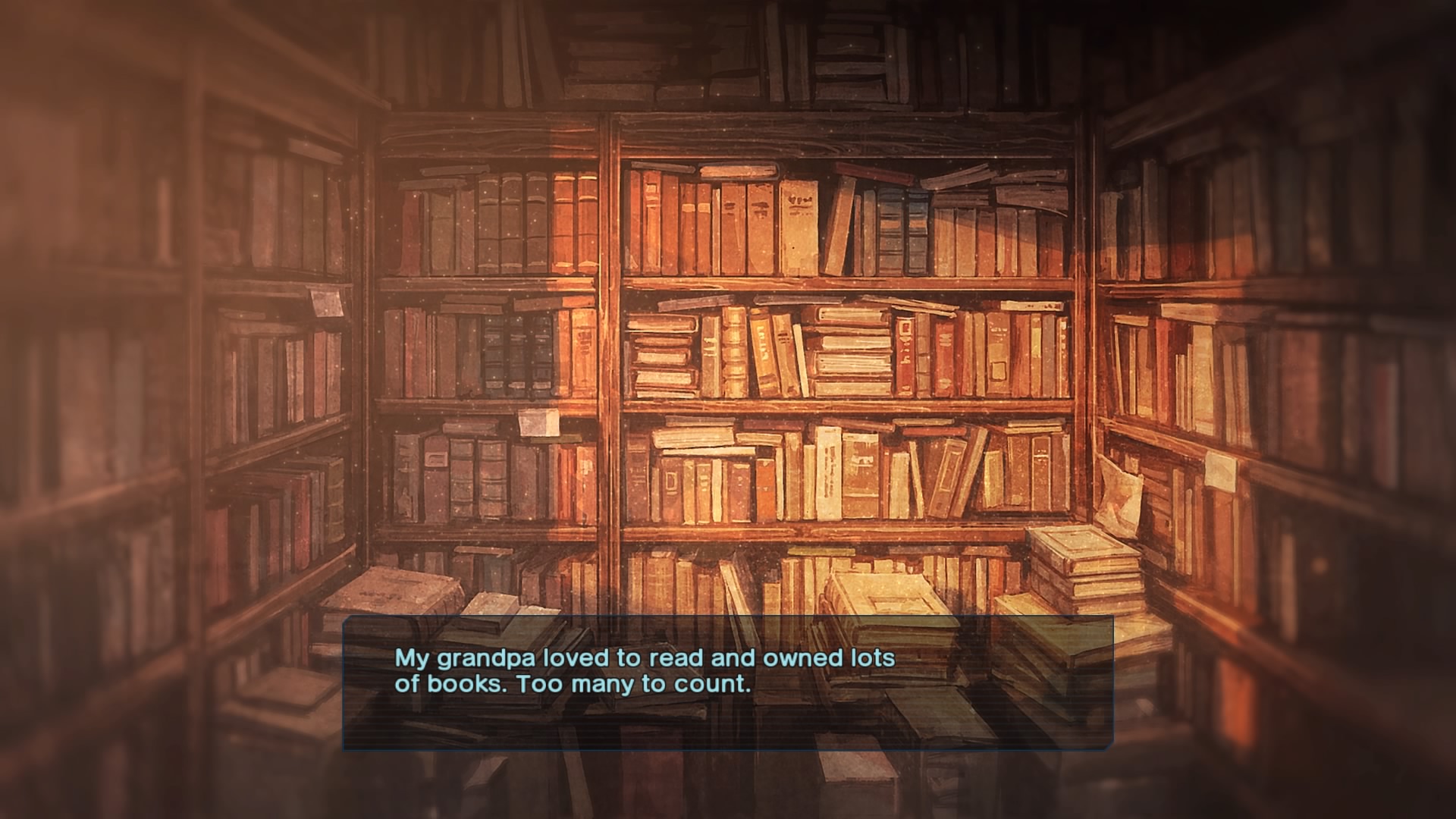
-
Birthdays the Beginning_20170424205955
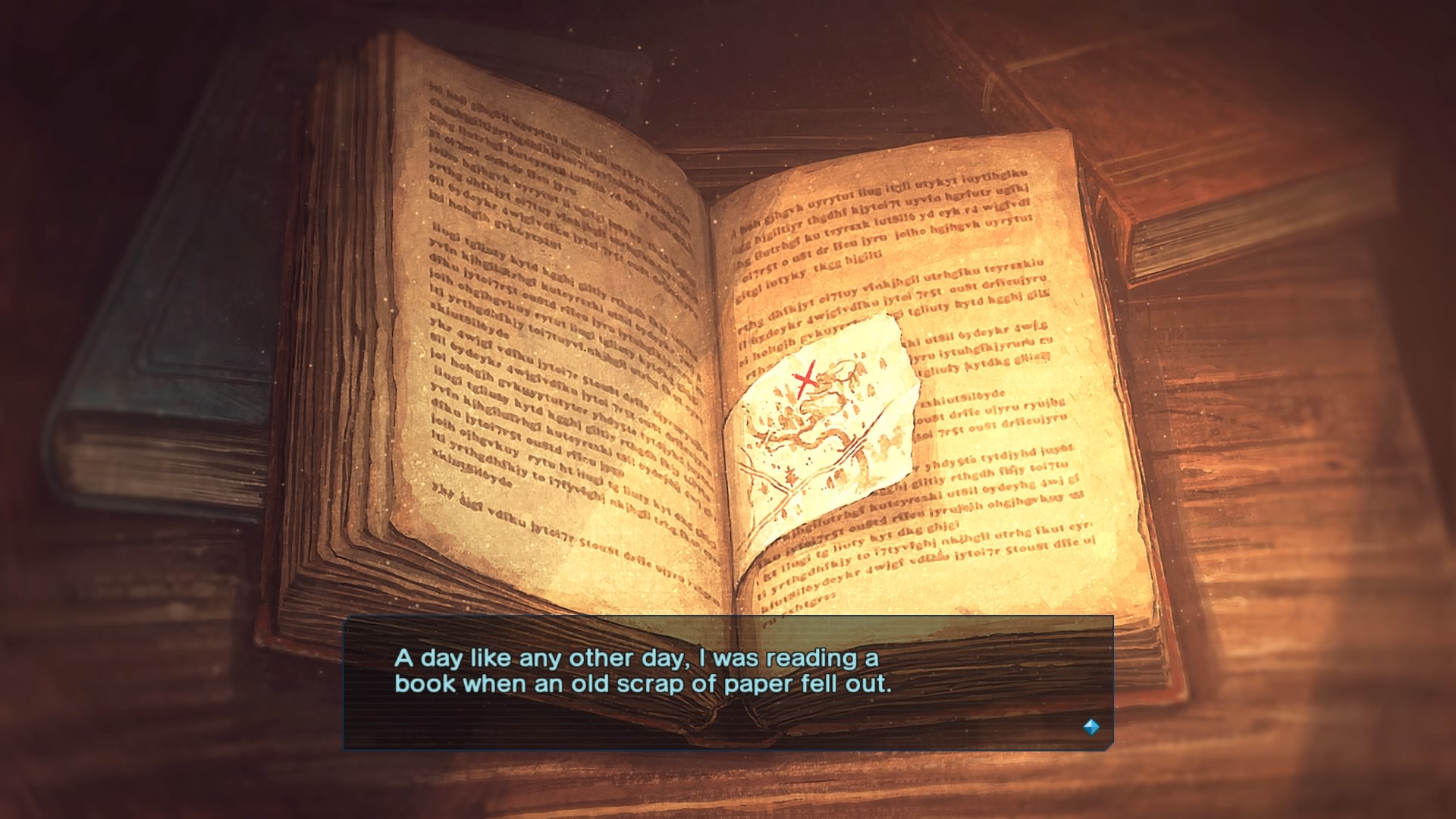
-
Birthdays the Beginning_20170424210026
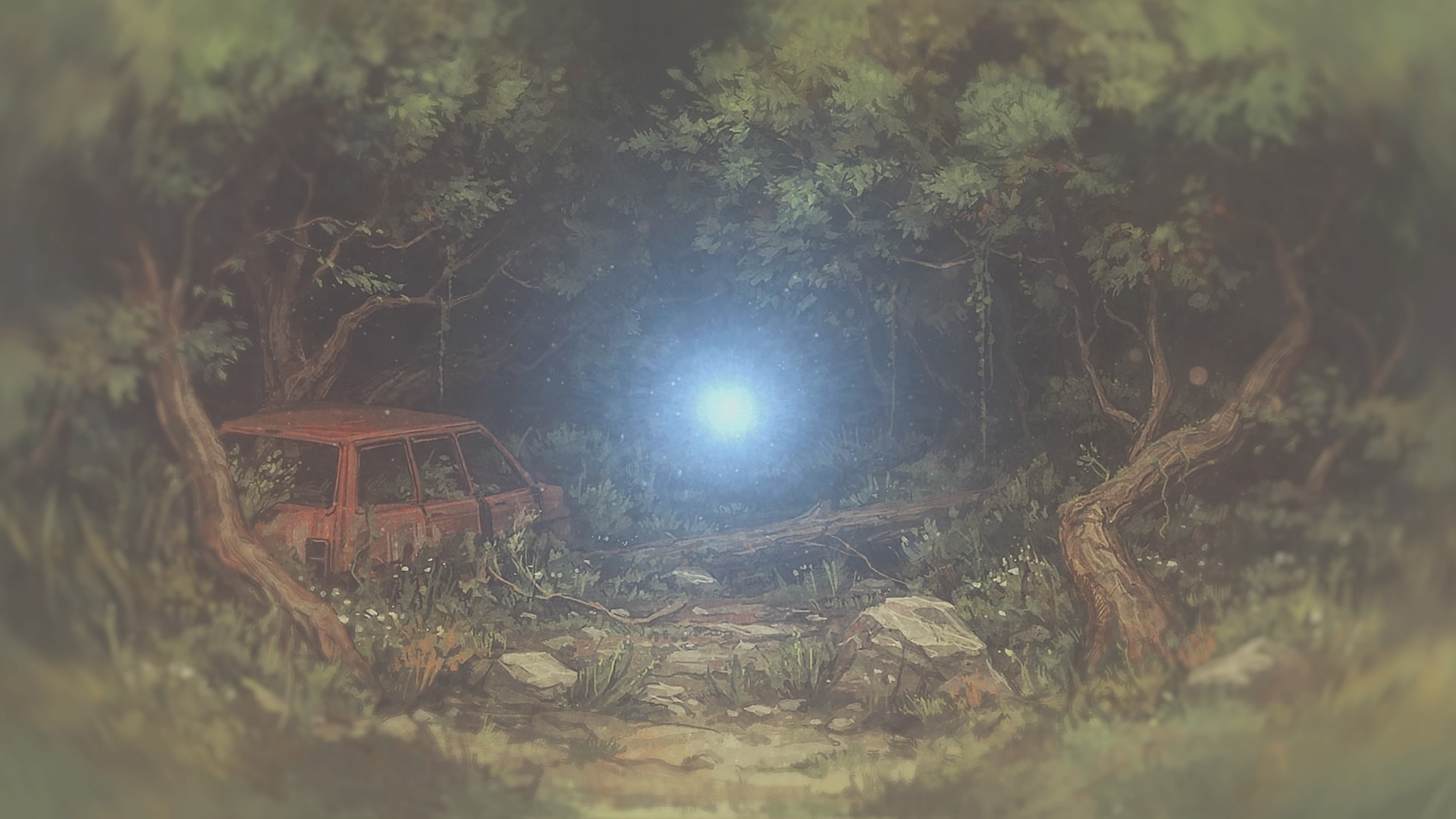
-
Birthdays the Beginning_20170424210034
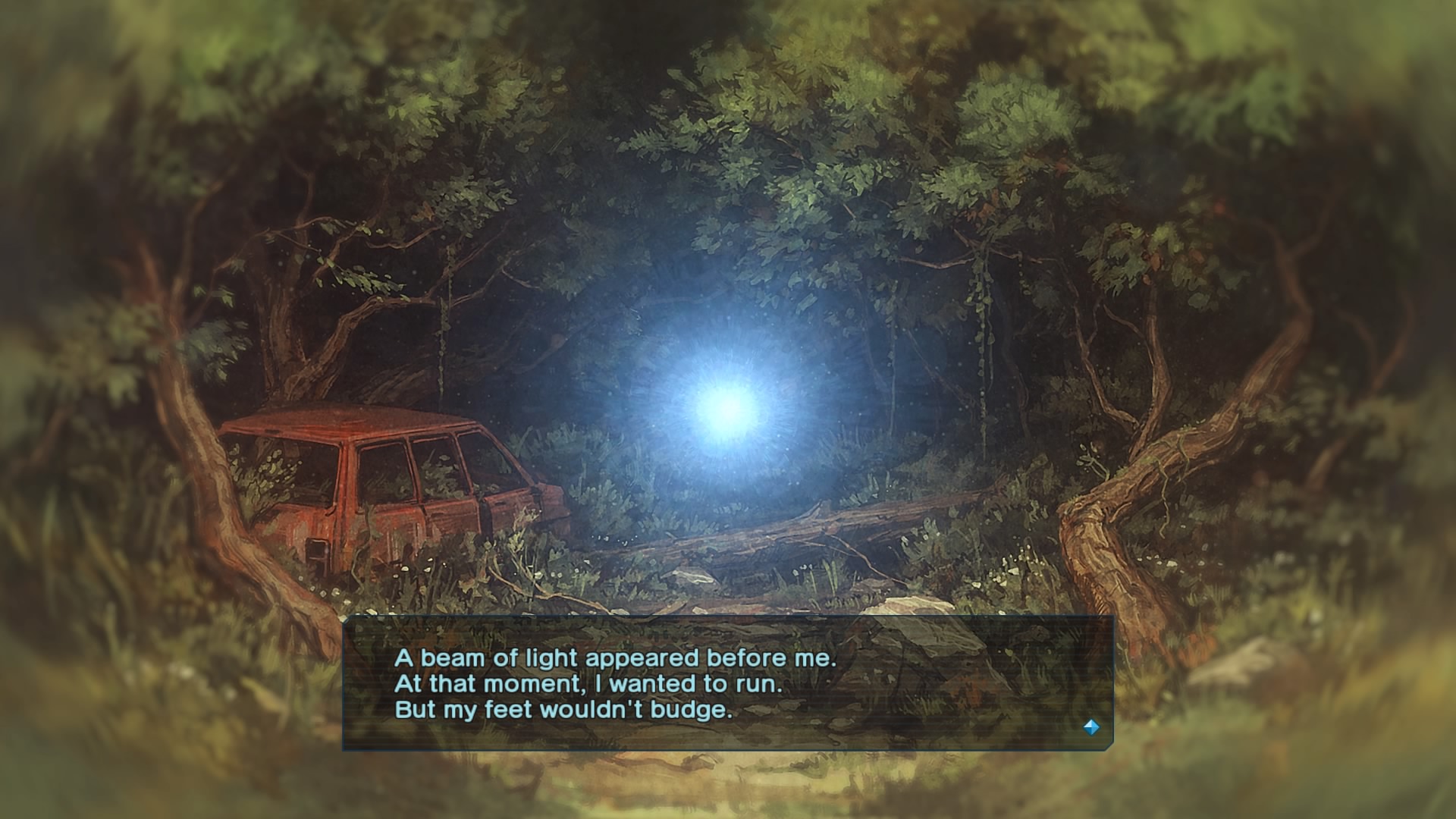
-
Birthdays the Beginning_20170424210054
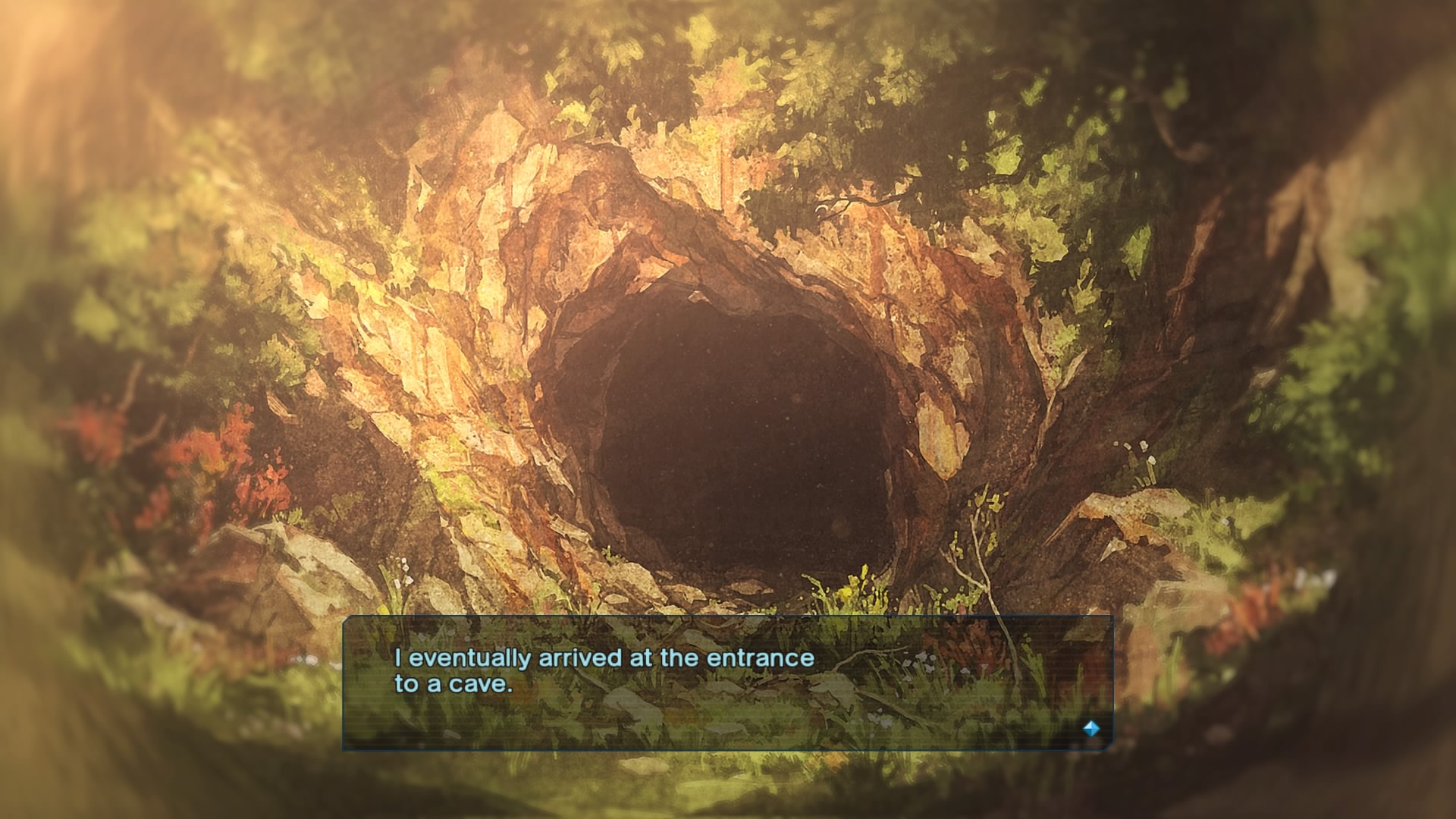
-
Birthdays the Beginning_20170424210107

-
Birthdays the Beginning_20170424210122

-
Birthdays the Beginning_20170424210132

-
Birthdays the Beginning_20170424210540
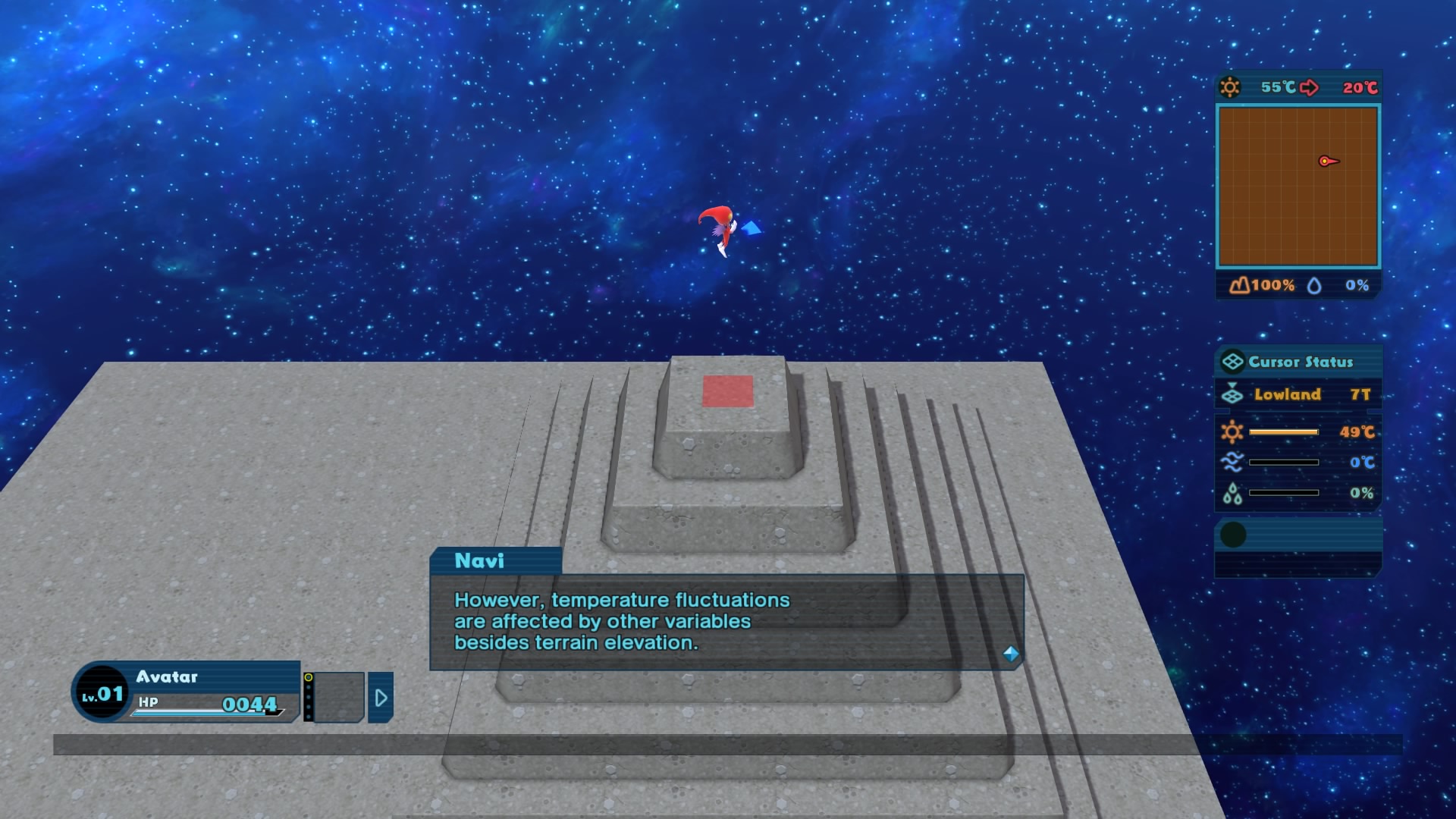
-
Birthdays the Beginning_20170424210905
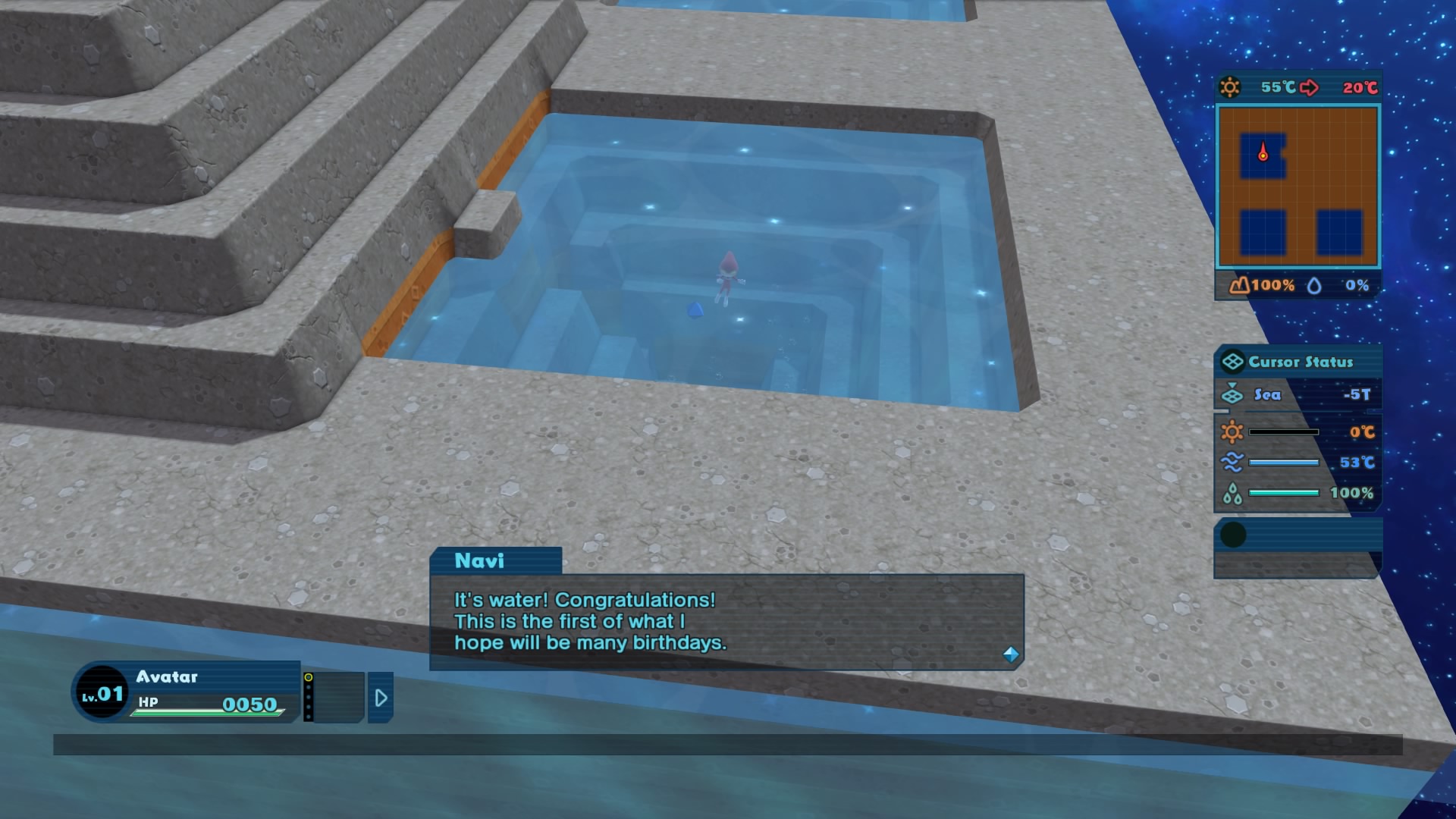
-
Birthdays the Beginning_20170424211303
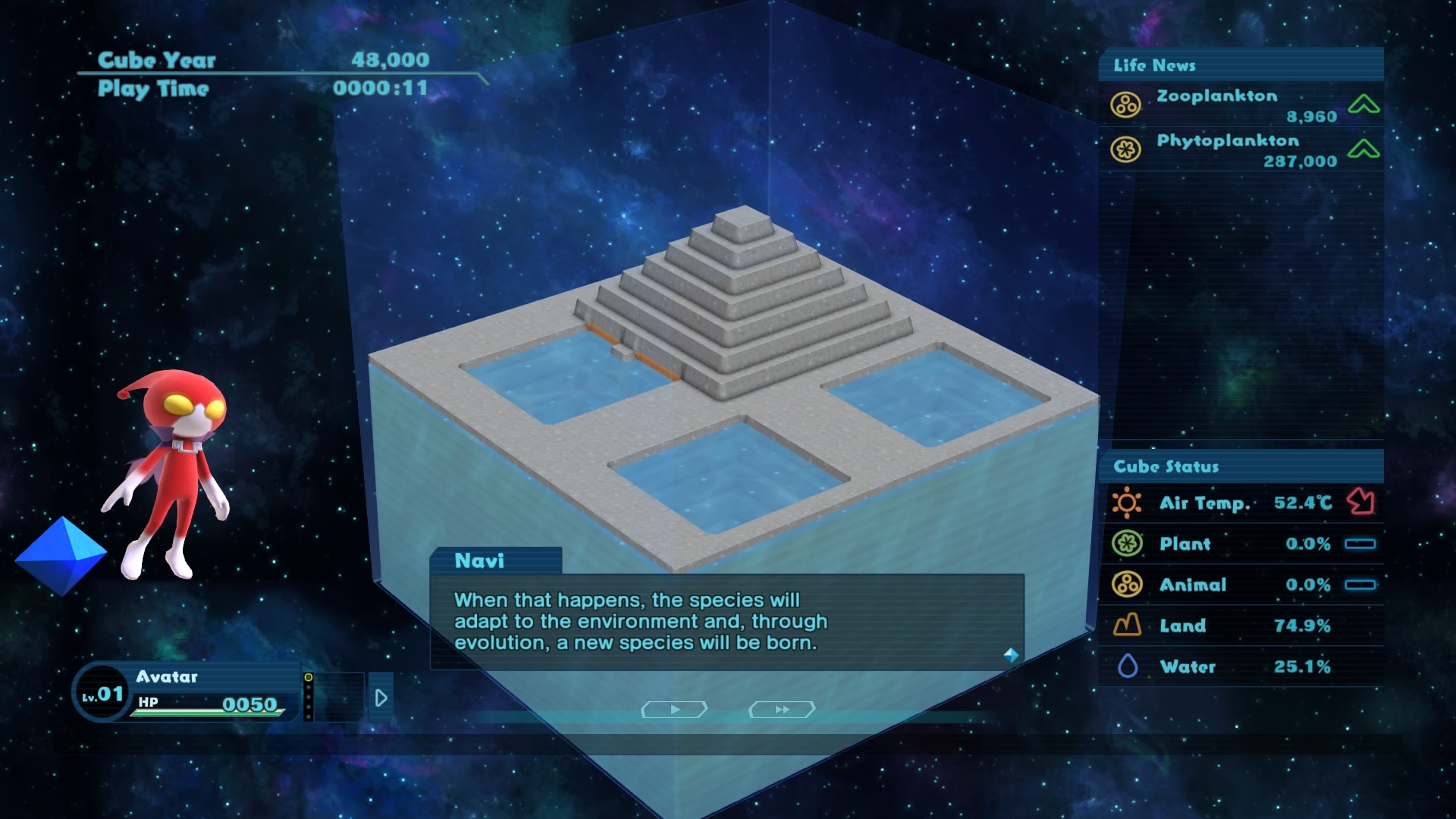
-
Birthdays the Beginning_20170424211650
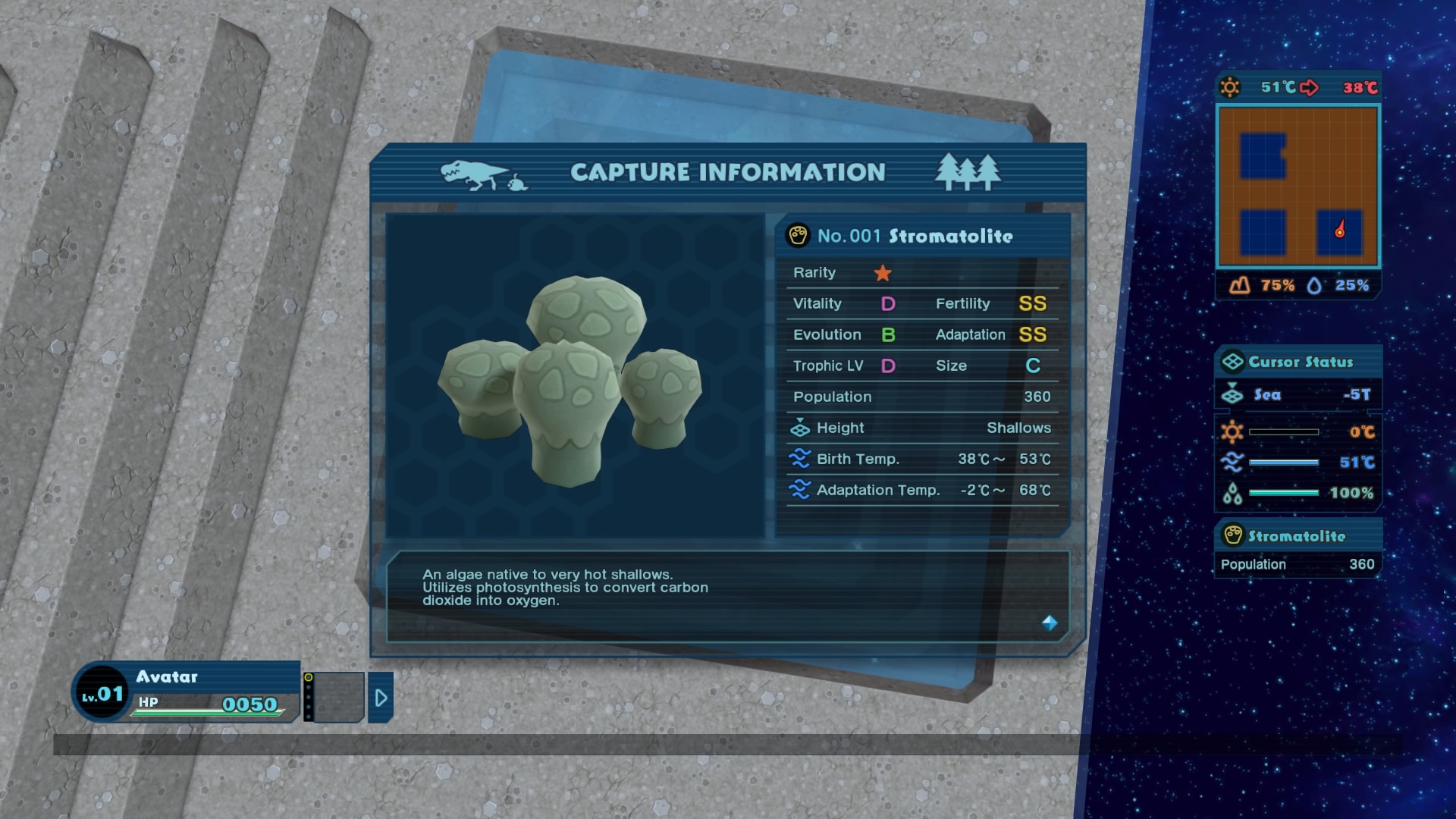
-
Birthdays the Beginning_20170424213208
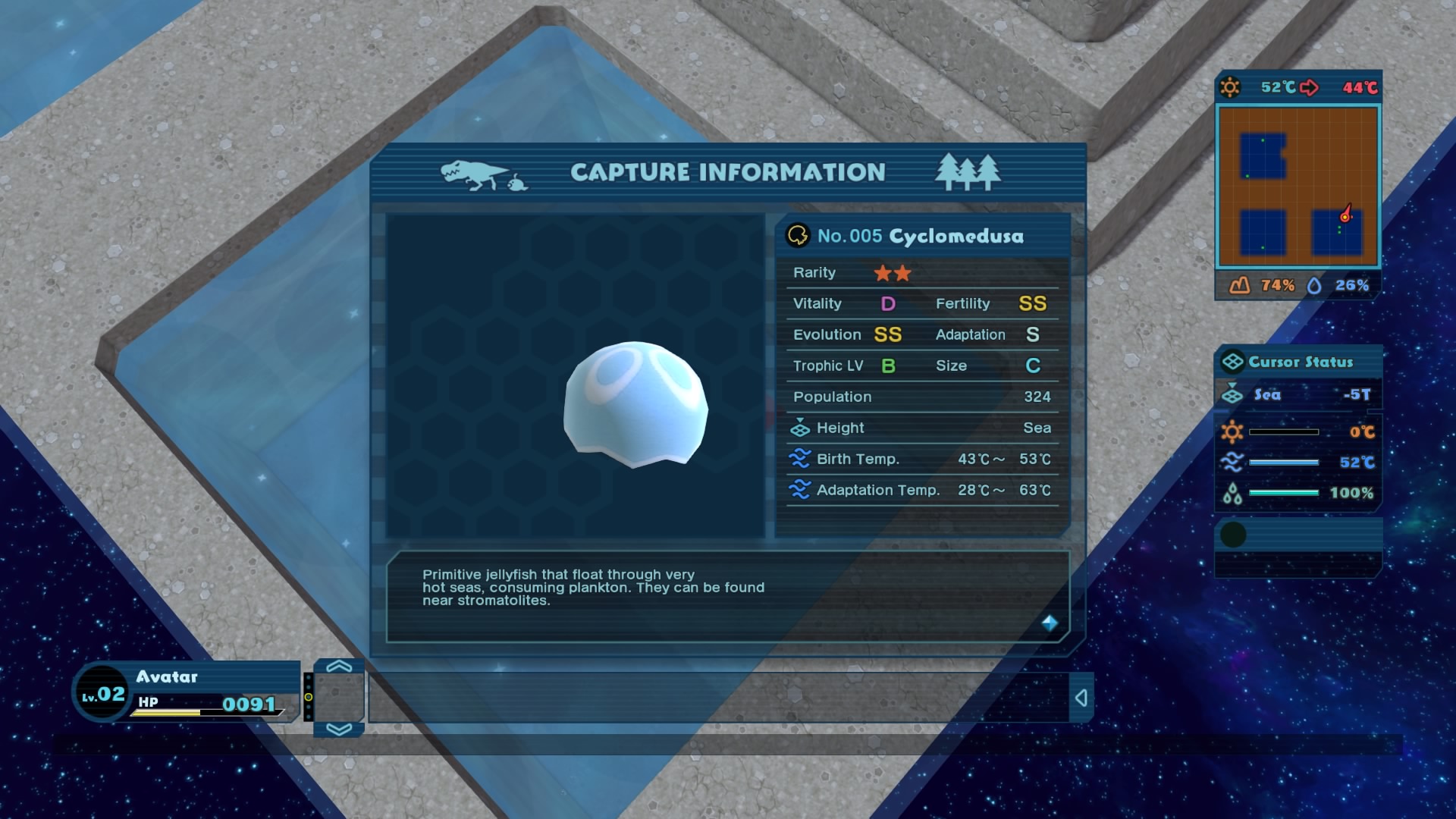
-
Birthdays the Beginning_20170424213334

-
Birthdays the Beginning_20170424214703

-
Birthdays the Beginning_20170424220118
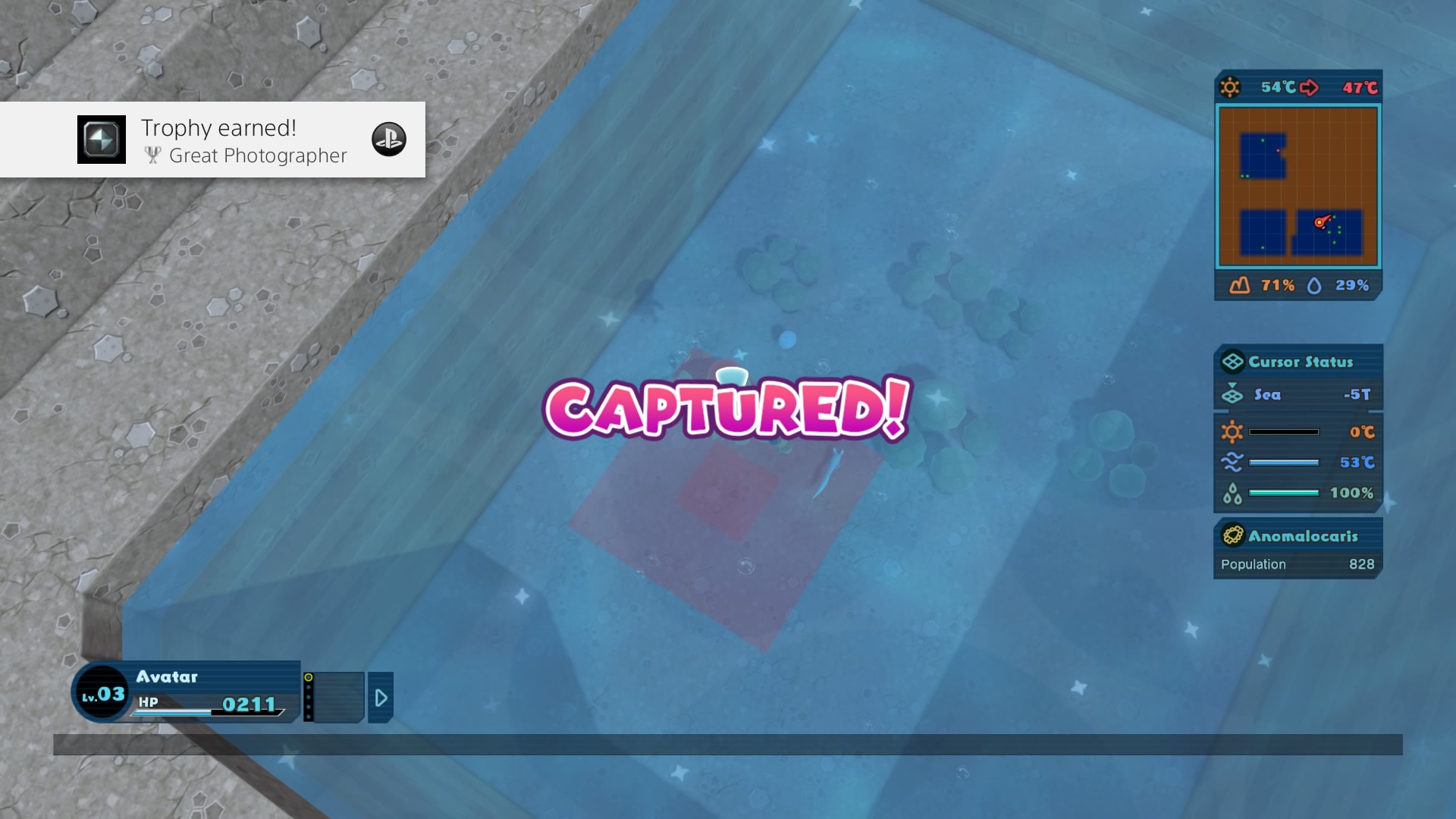
-
Birthdays the Beginning_20170424220132
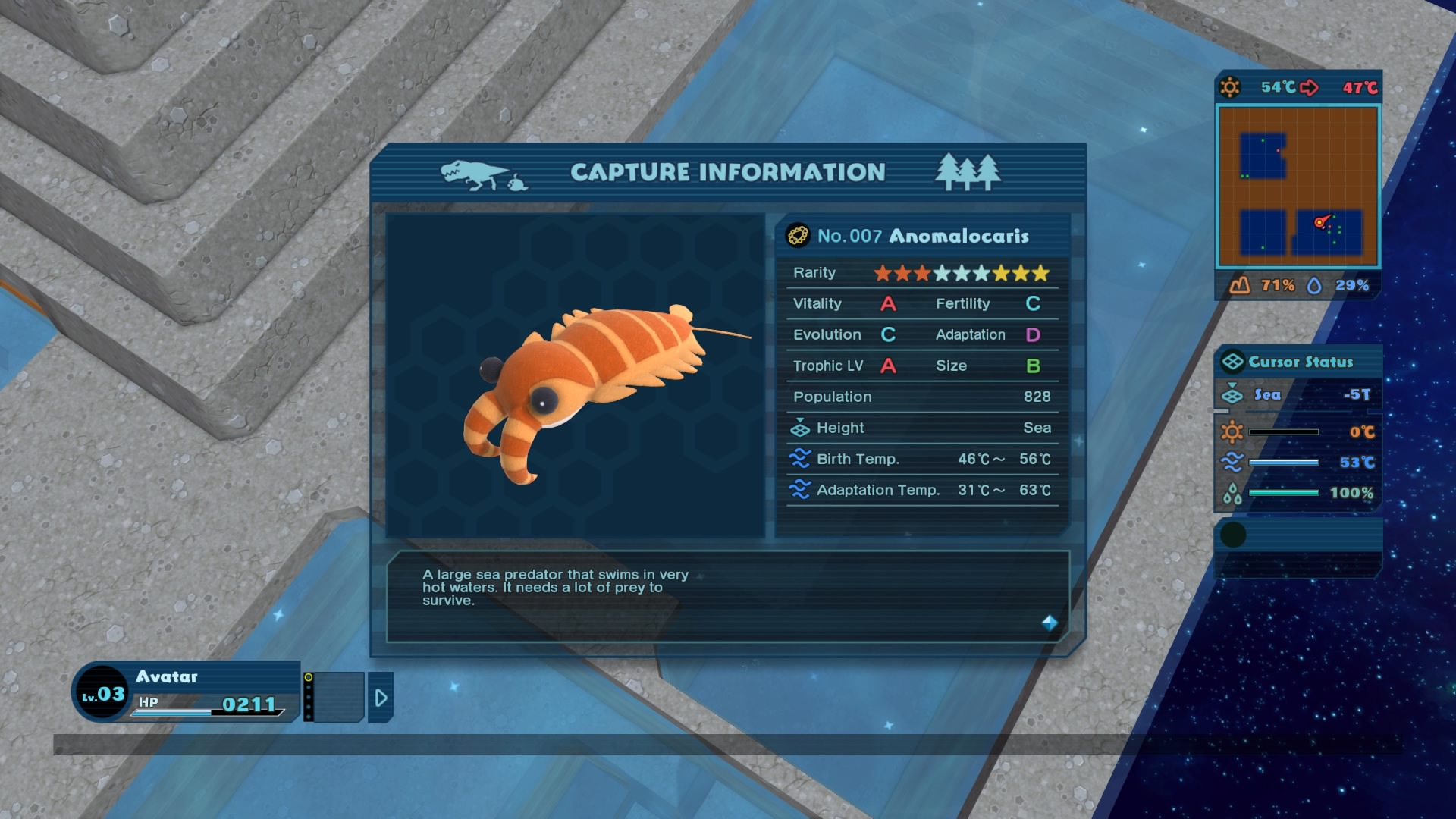
-
Birthdays the Beginning_20170424223609
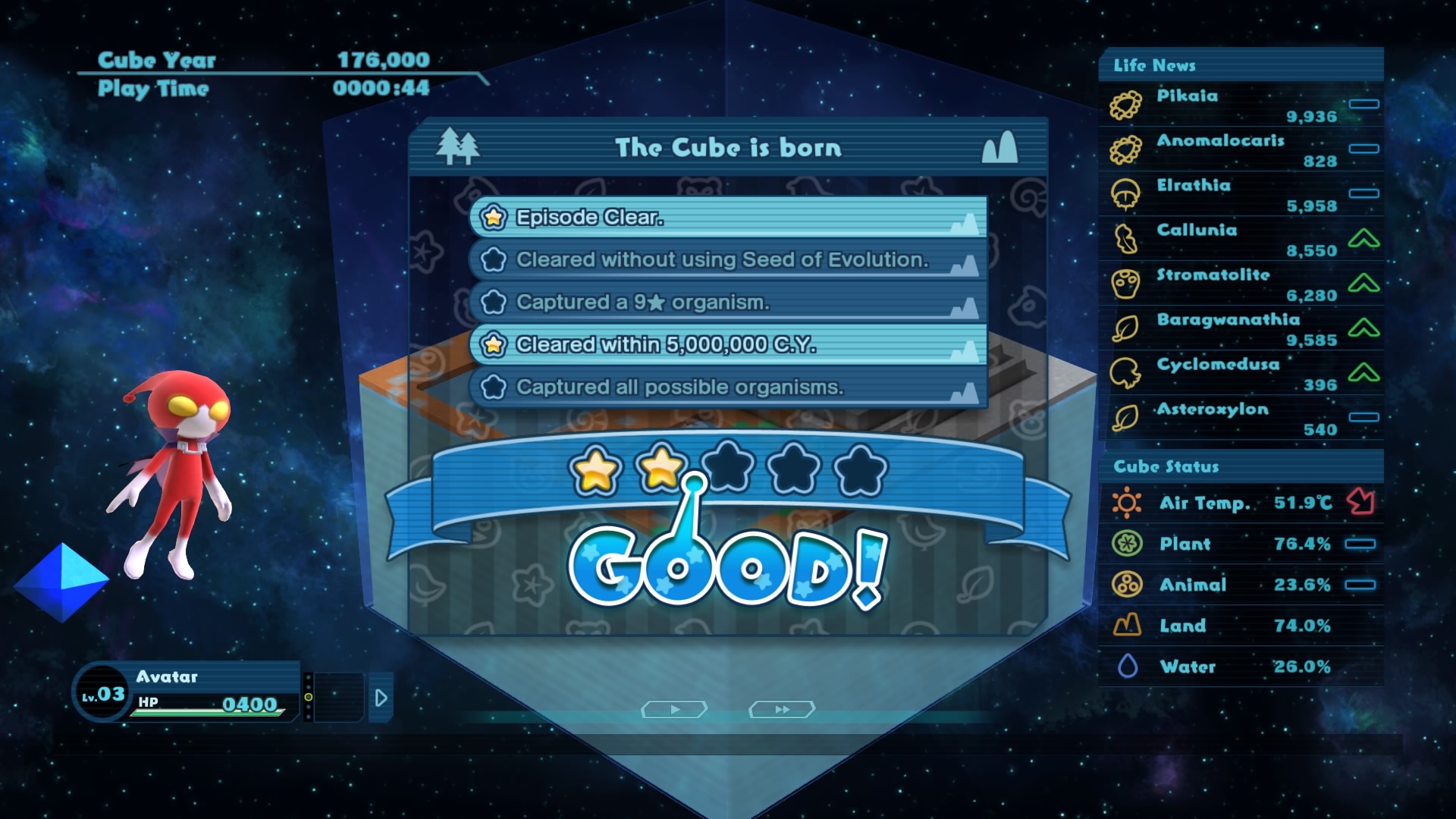
-
Birthdays the Beginning_20170424225955

-
Birthdays the Beginning_20170424230216
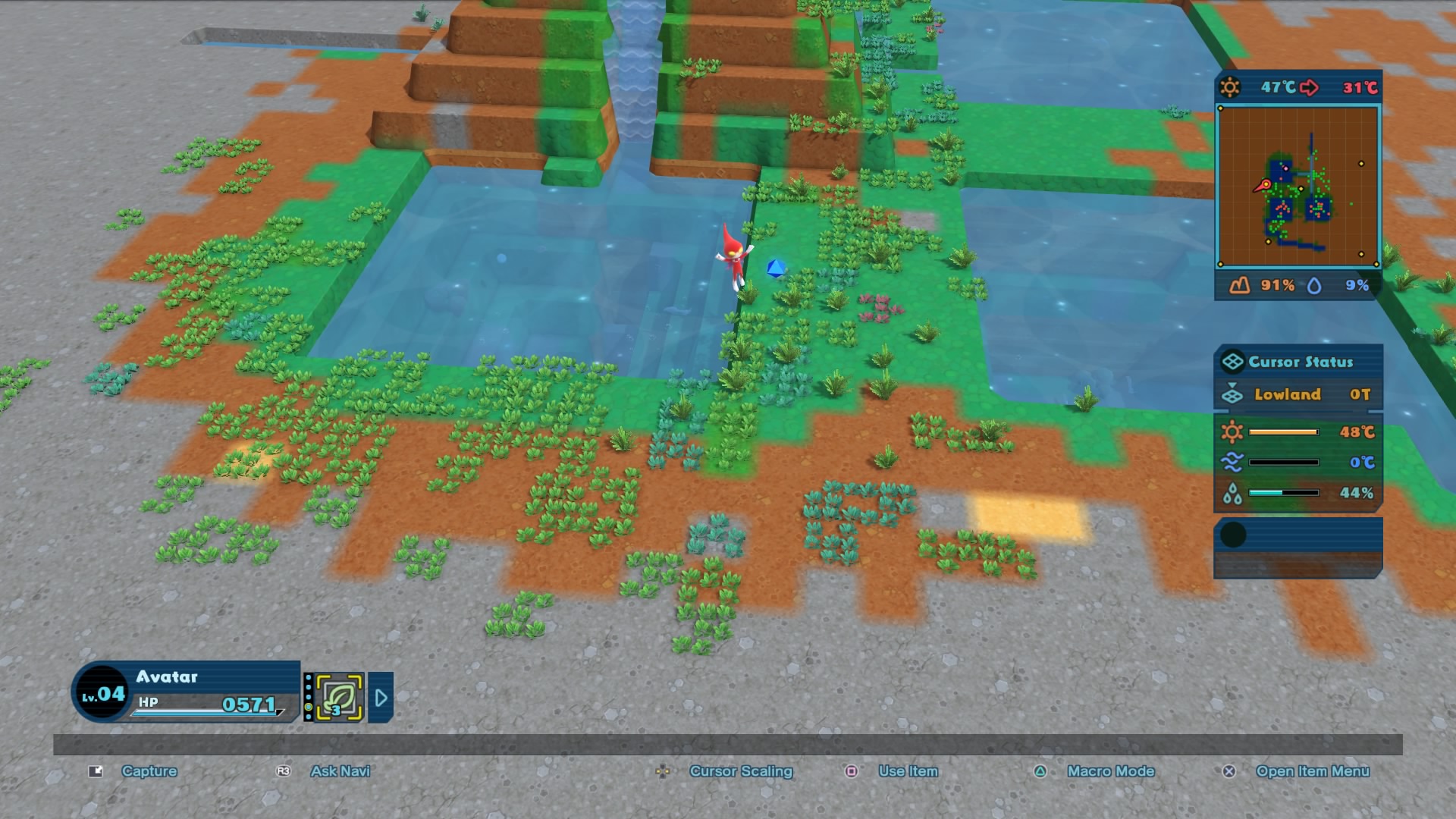
-
Birthdays the Beginning_20170424231618

-
Birthdays the Beginning_20170424233840
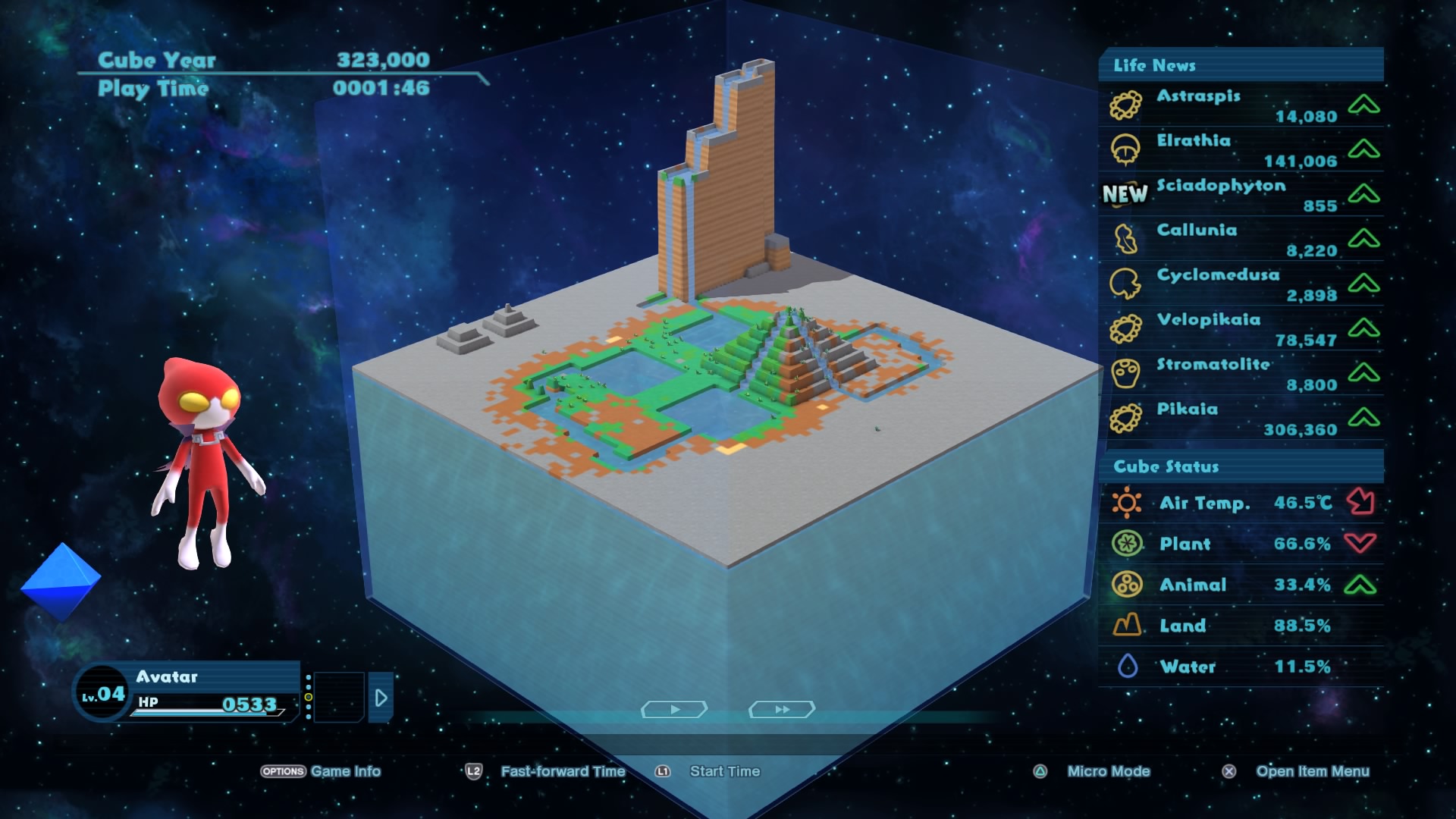
-
Birthdays the Beginning_20170424235413

-
Birthdays the Beginning_20170502210227
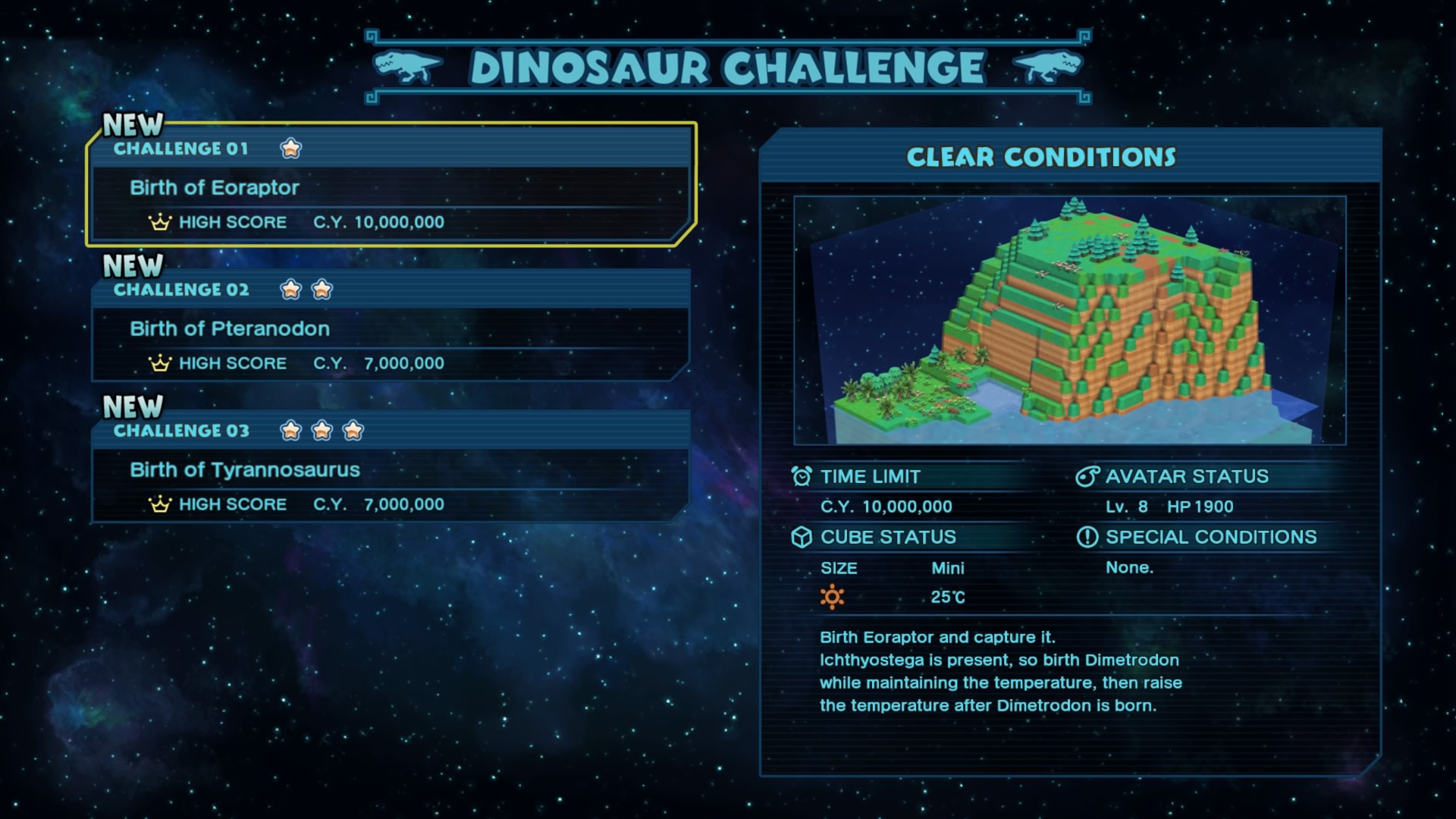
-
Birthdays the Beginning_20170502210454
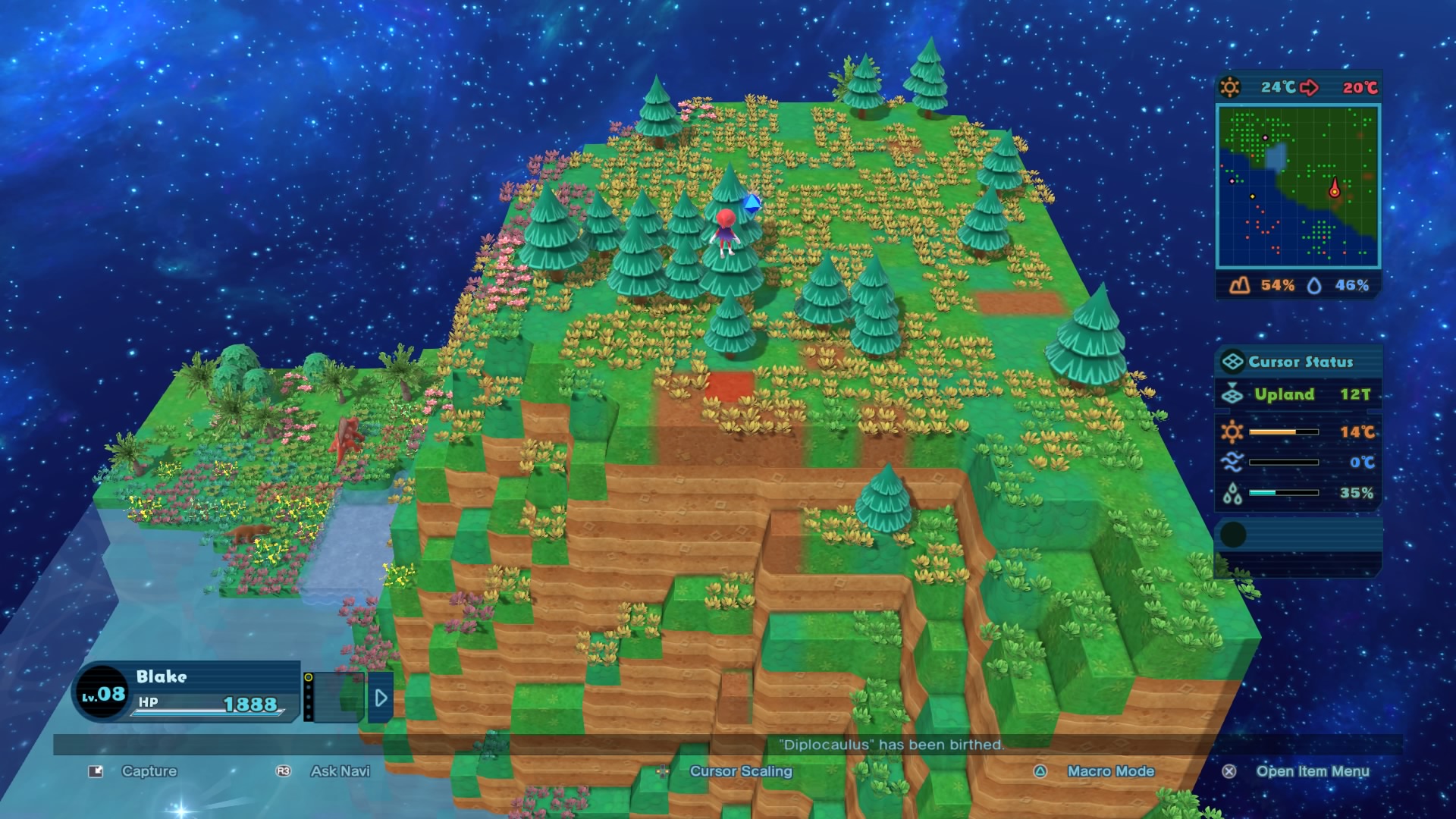
-
Birthdays the Beginning_20170502210532
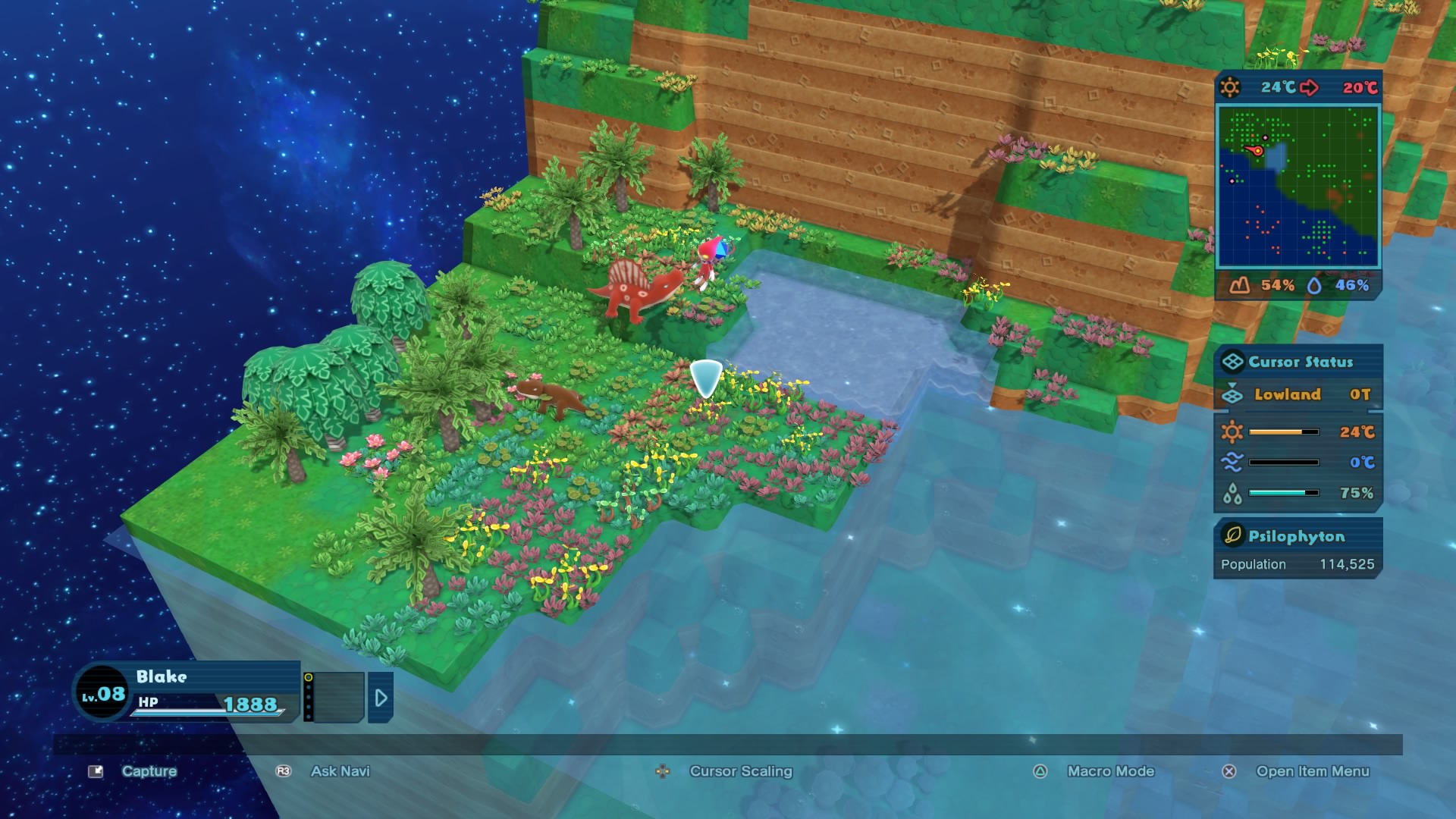
-
Birthdays the Beginning_20170502211648
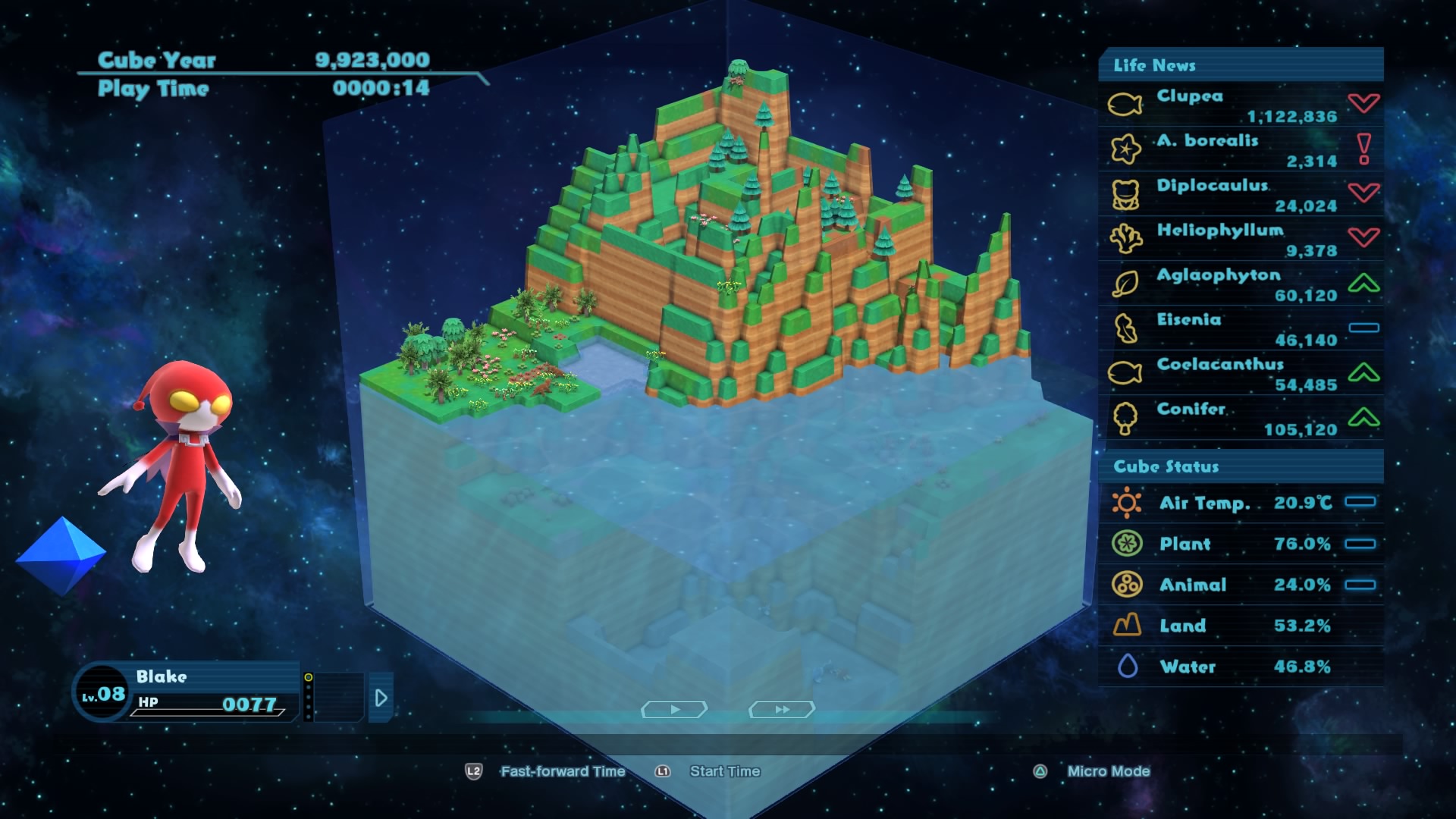
-
Birthdays the Beginning_20170502213227
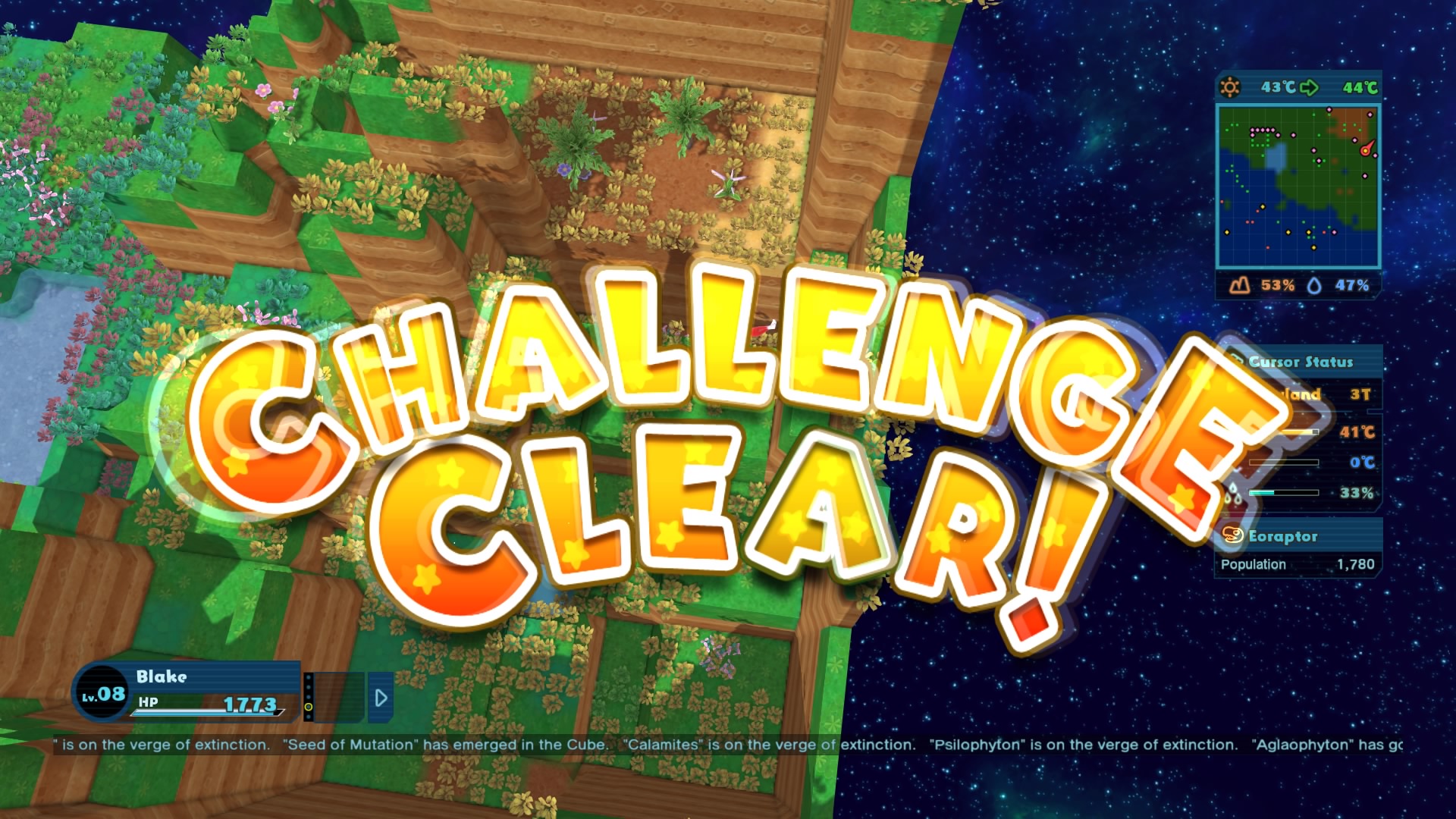
-
Birthdays the Beginning_20170502213317
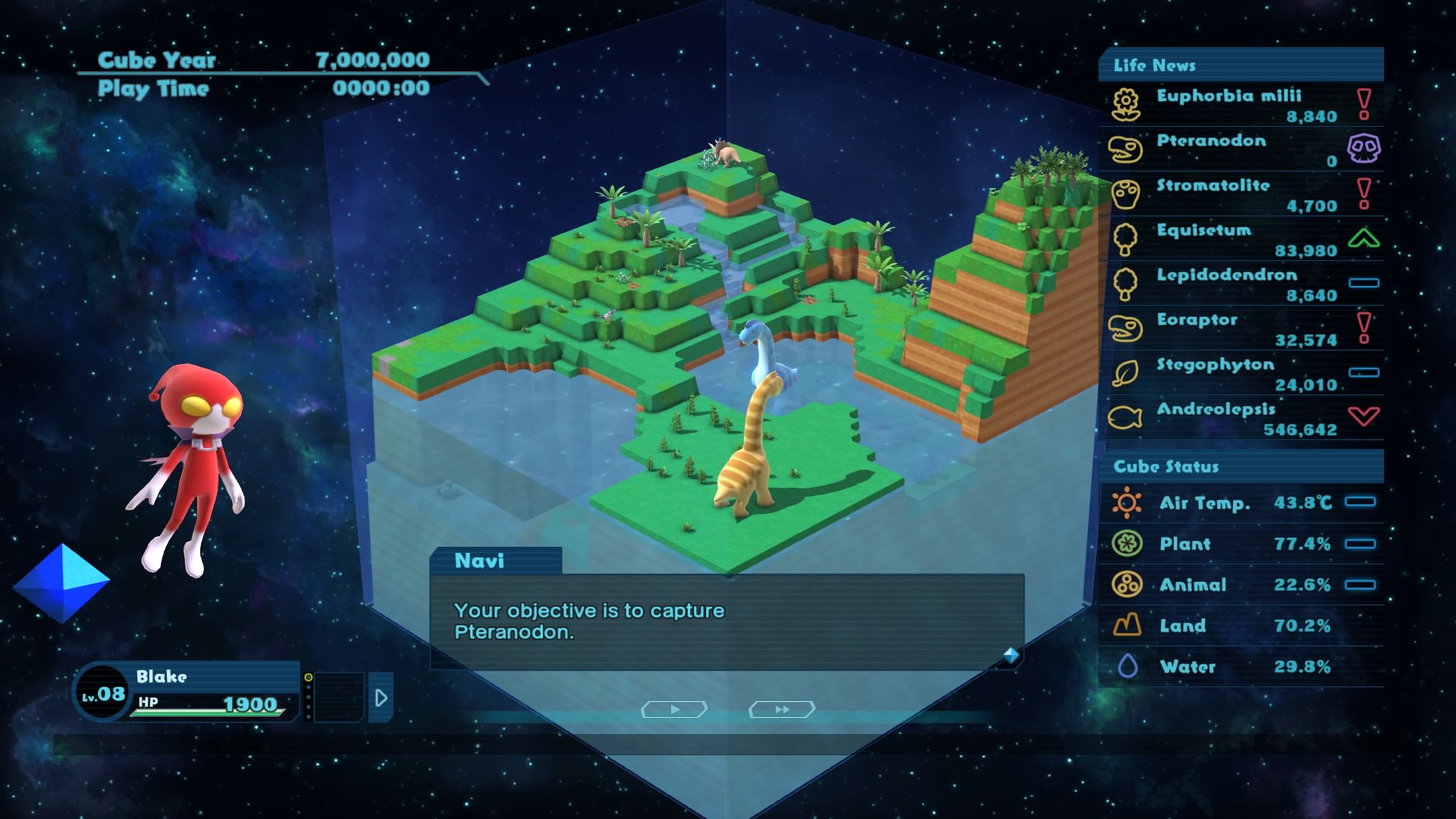
-
Birthdays the Beginning_20170502213521
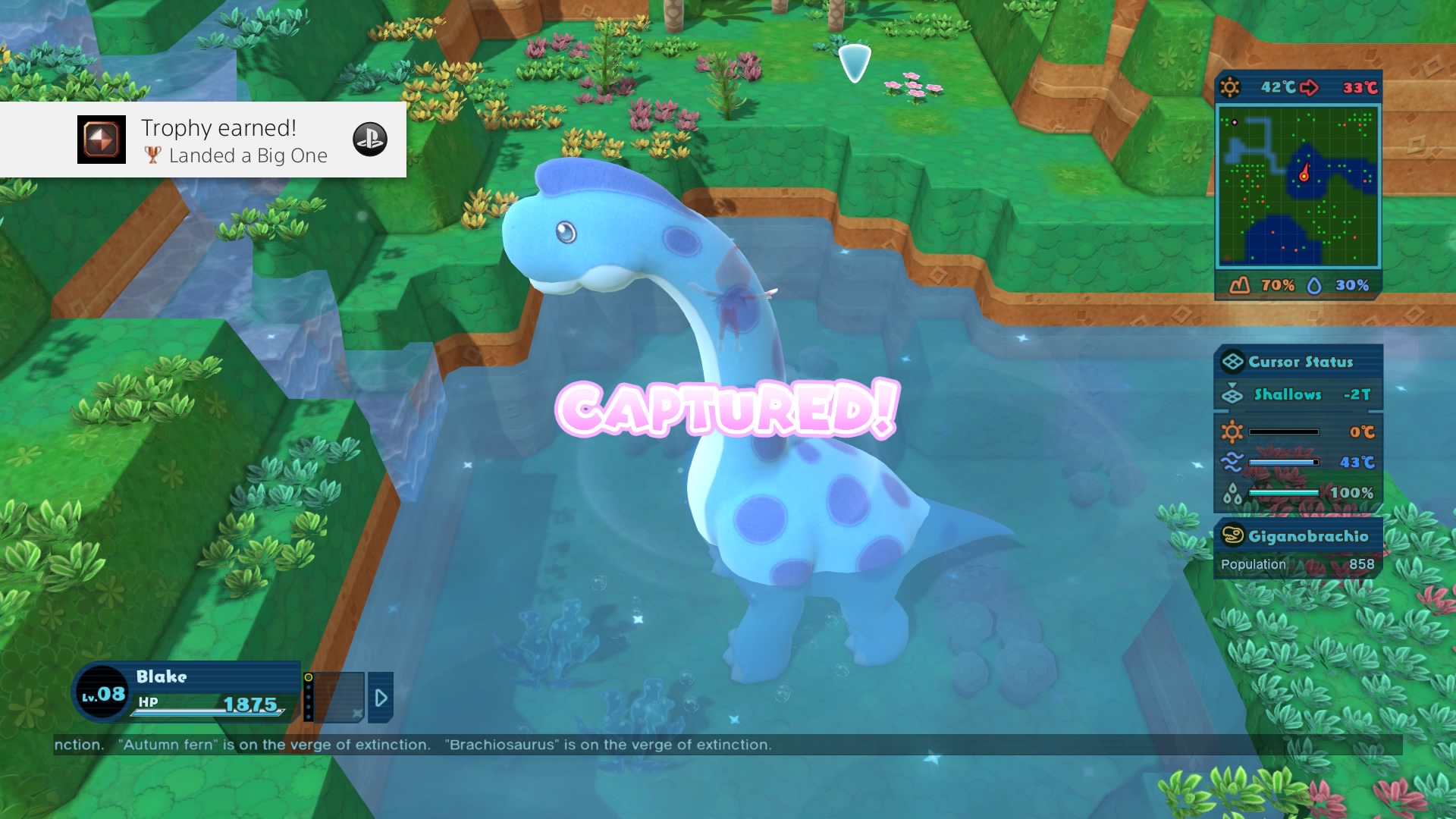
-
Birthdays the Beginning_20170502213530

-
Birthdays the Beginning_20170502214559
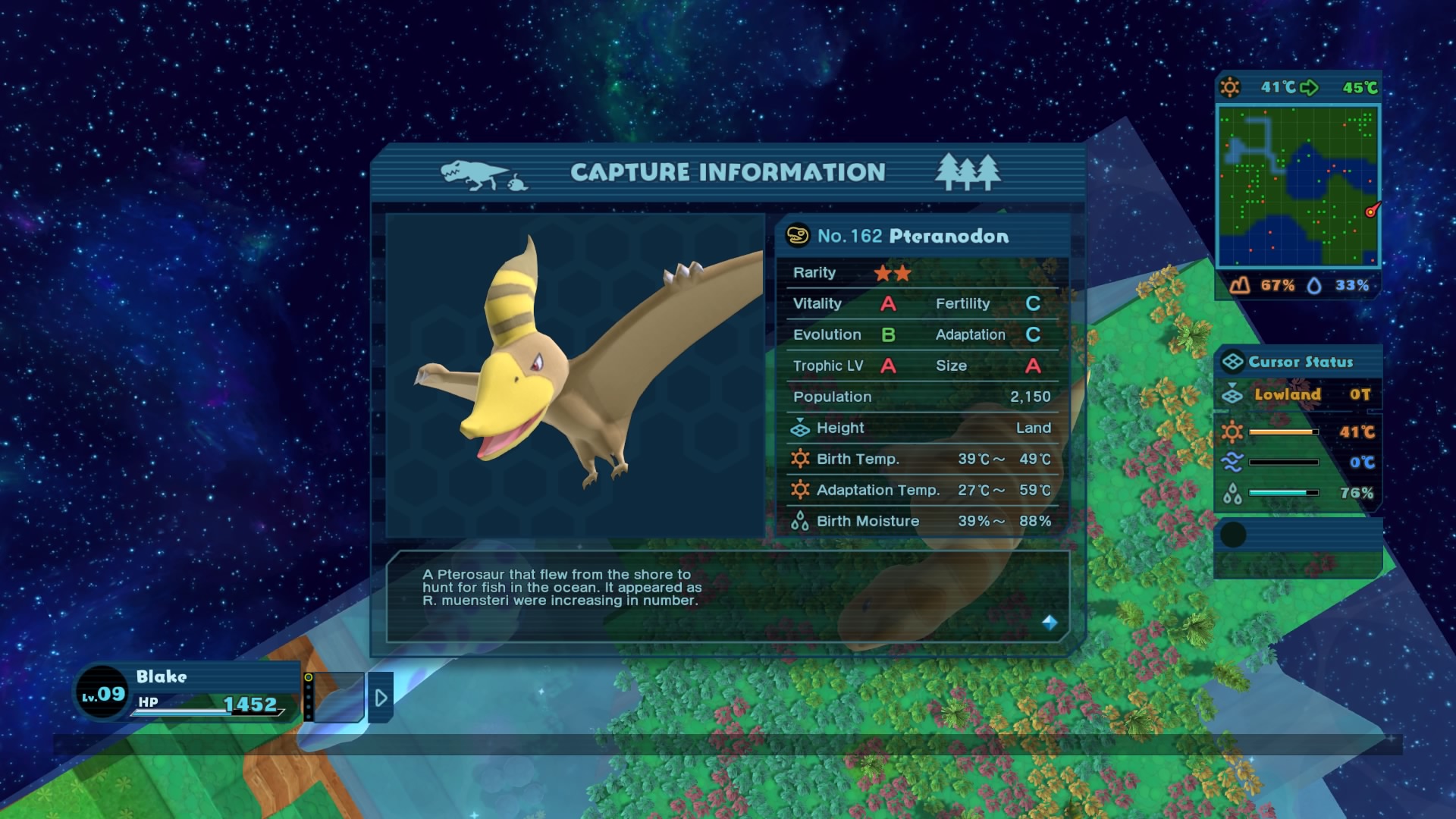
-
Birthdays the Beginning_20170502214636
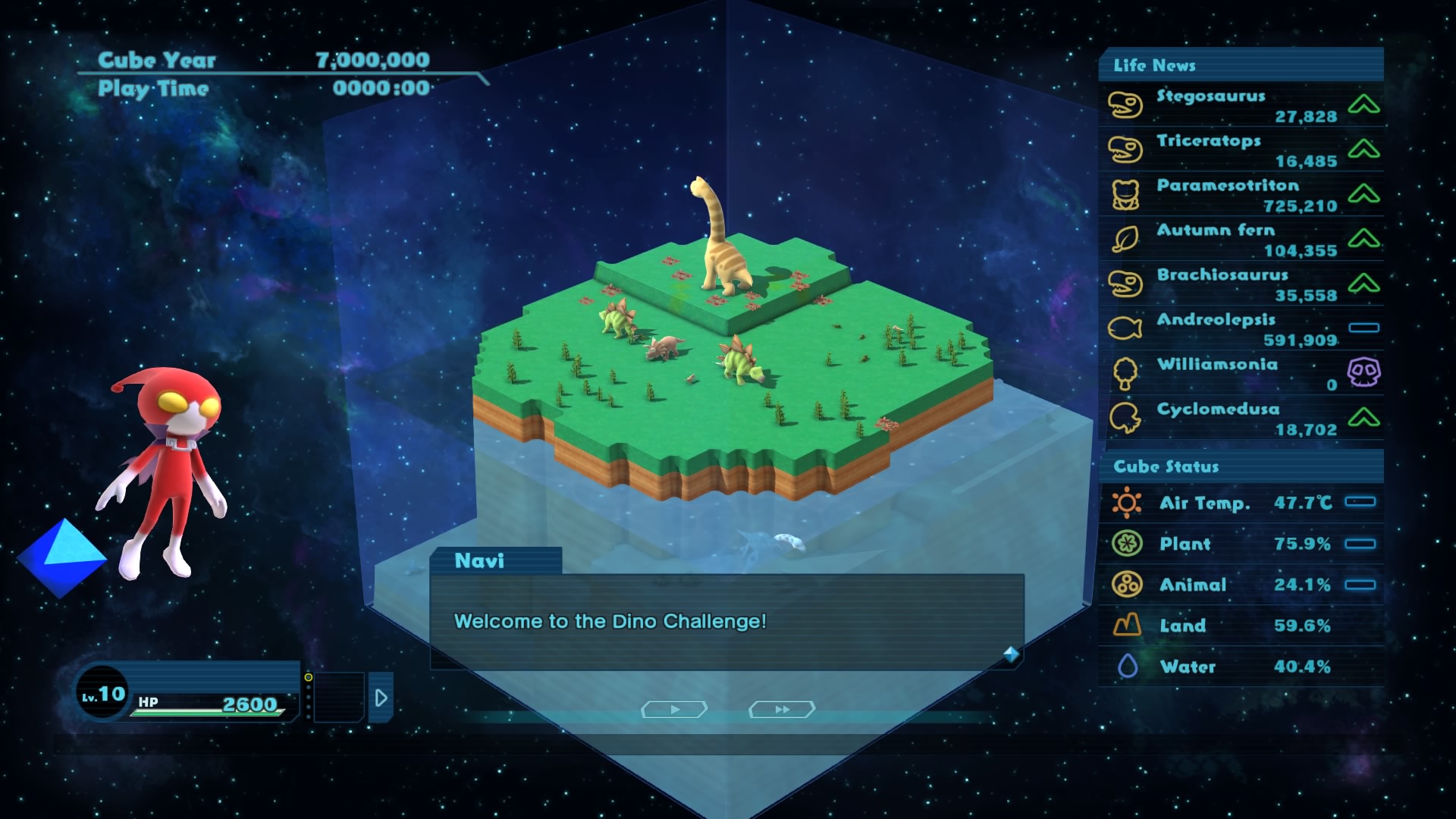
-
Birthdays the Beginning_20170502214749
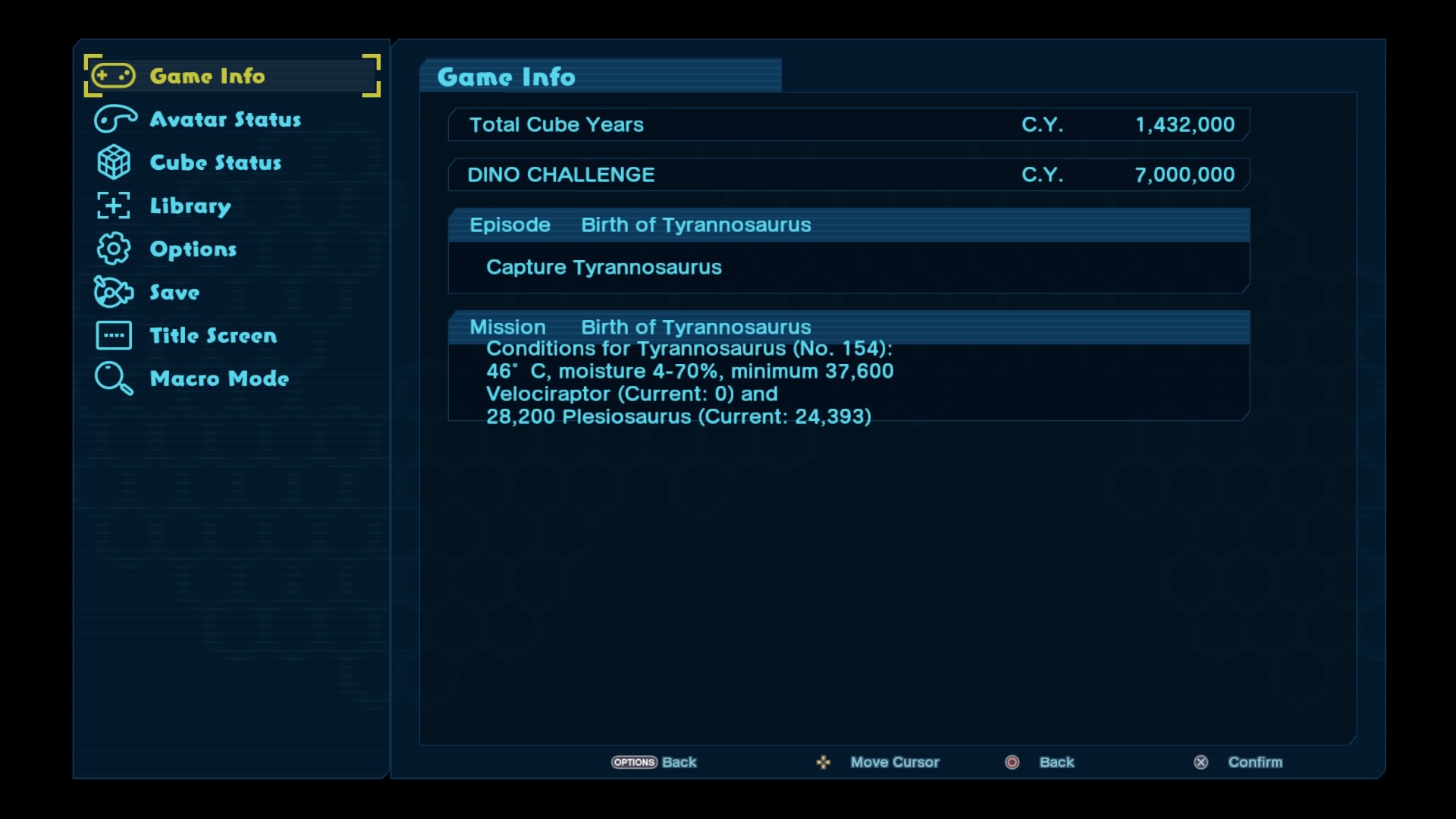
-
Birthdays the Beginning_20170502215930

-
Birthdays the Beginning_20170502215941

-
Birthdays the Beginning_20170502220024
